It has never been easier to publish online or consume digital content. This comes with many advantages and can make teaching and learning so much more targeted and impactful. Living in a digital world also brings up many questions — one issue that is very important to understand is copyright.
Whether you’re an educator, student, or blogger, copyright is a topic that is often overlooked as it can be confusing or just not considered important.
Unfortunately, there are also a lot of myths about copyright circulating amongst the education community. Maybe you’ve heard that you can use any images or texts you find online if you’re using them for education? Or perhaps you’ve heard that you can use any songs in your videos as long as you use less than 30 seconds? Yep, both not true.
Copyright is important for all teachers, students, and bloggers to know about. And it doesn’t have to be as complicated as you think. We’re here to break down the basics of copyright and other related topics like fair use, public domain, and Creative Commons.
There’s a lot to learn in this post so remember to bookmark it and use the menu below to navigate.
Let’s get started with the basics.
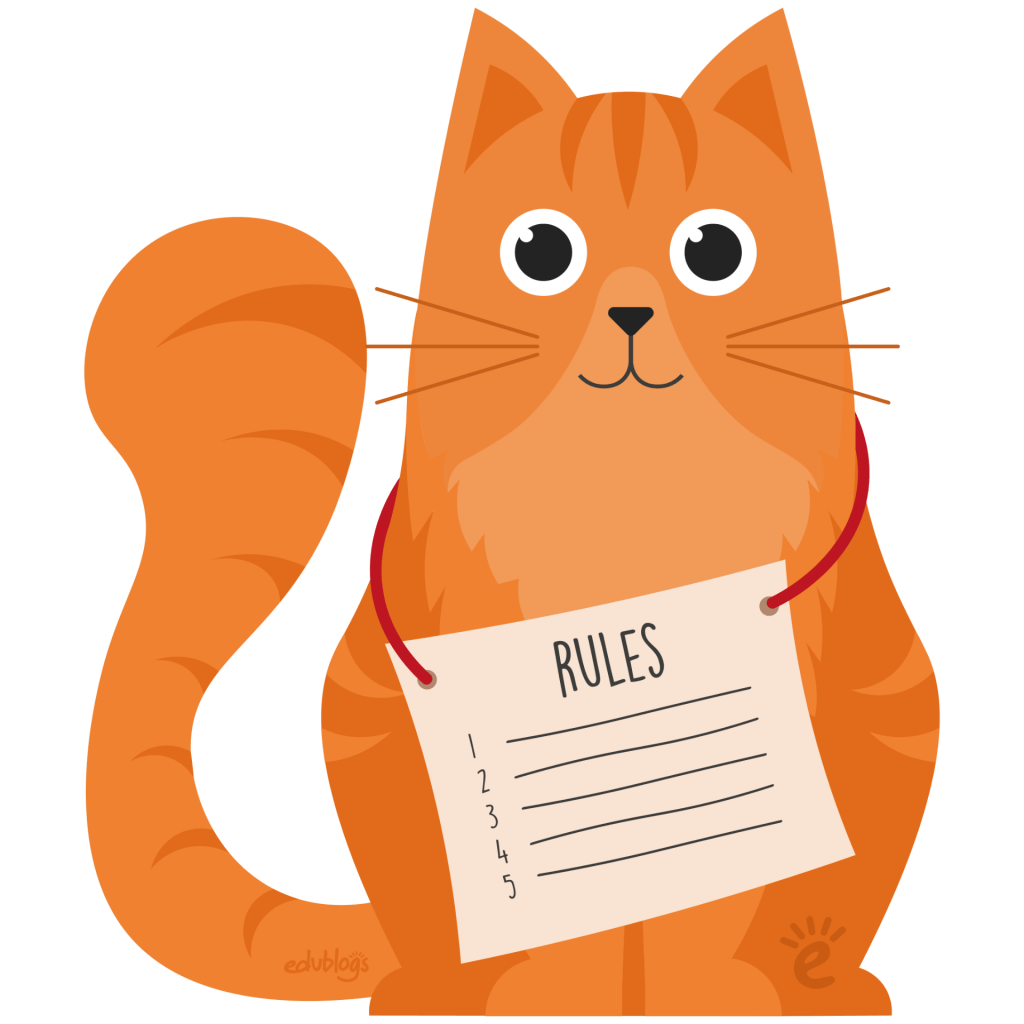
Copyright Rules To Remember
Let’s begin with the 5 main rules you need to remember about copyright.
1) Just because you found it online, doesn’t mean it’s free to use (even if you’re a teacher or student).
2) There are a lot of resources you can use freely including work that has a Creative Commons license or is in the public domain.
3) You have a right as a creator to have your work protected from copying and you can also give your own content a Creative Commons license.
4) If in doubt about using content, ask the creator for permission, find a free alternative, make your own material, or purchase an alternative that has the usage rights you’re after.
5) Instead of looking for loopholes, consider whether you’re being the most responsible and ethical digital citizen you can be.
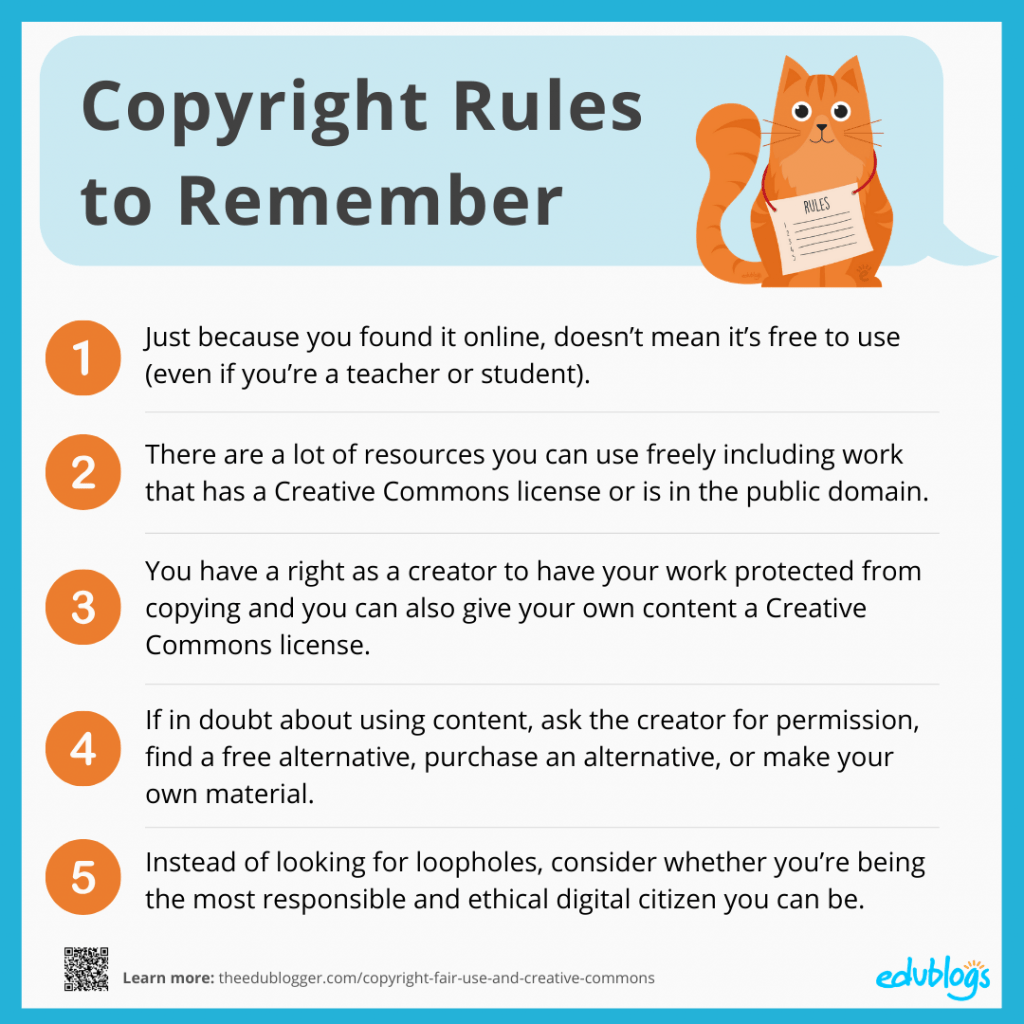
📌 Want a poster for your classroom or staffroom? Download a letter-sized poster of the 5 rules to remember here.
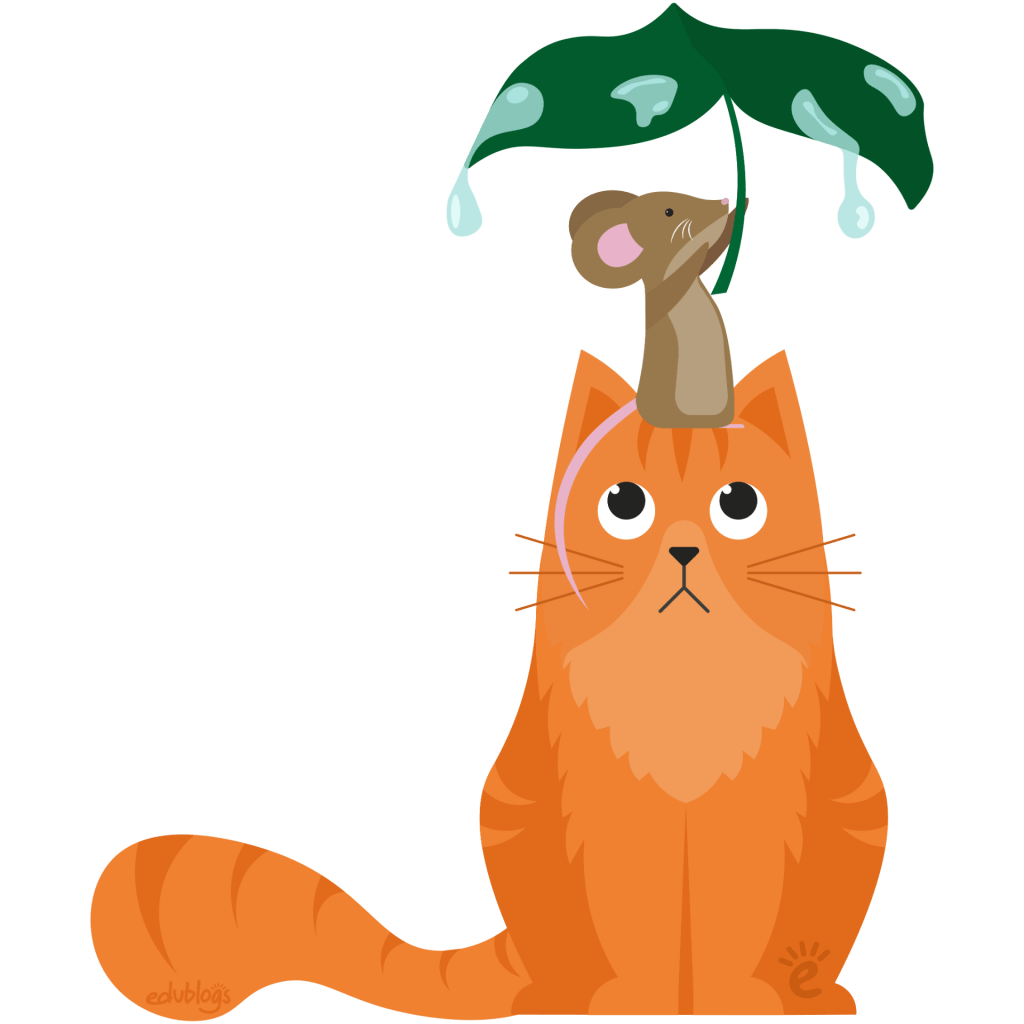
What Is Copyright?
Copyright is a form of legal protection offered to creators by default. That means, in many countries (like the USA and Australia), you don’t have to register your work to have it protected by copyright.
Some creators do register their work with the U.S. Copyright Office (or the equivalent in their own country). Usually, this is to provide strong evidence to a court that the creator is the copyright holder if there is ever an infringement case. You don’t need to have registered your work with the Copyright Office in order to pursue a copyright infringement case.
It’s a myth that you have to display a copyright symbol © to protect your work.
Can Others Use Your Copyrighted Work?
If you’re a copyright owner, someone else can’t copy your work without your permission. They also can’t perform the work, distribute copies of the work, display the work publicly, or create derivatives.
If someone does use work that’s protected by copyright without permission, that’s called copyright infringement. We’ll cover this later.
Who Owns The Copyright?
Usually, the creator of a work is the copyright owner but the copyright can also be sold, traded, or inherited.
What Does Copyright Cover?
Copyright covers both published and unpublished works that are tangible in format. So, all tangible original work is protected by copyright whether it’s a blog post, music, artwork, photo, play, poem, novel, dance choreography, movie, software, architecture, or more.
Copyright does not protect works that are not tangible, like facts or ideas. Copyright only protects the tangible expression of your ideas. So you might have a great idea for a blog post about teaching 5th grade math but unless you actually write the post, you can’t protect the idea that’s floating around in your head. And you can’t stop others from writing about the same idea.
You can read more about the basics of copyright on the U.S. Copyright Office website (or on your own country’s official site). There are some variations between countries.
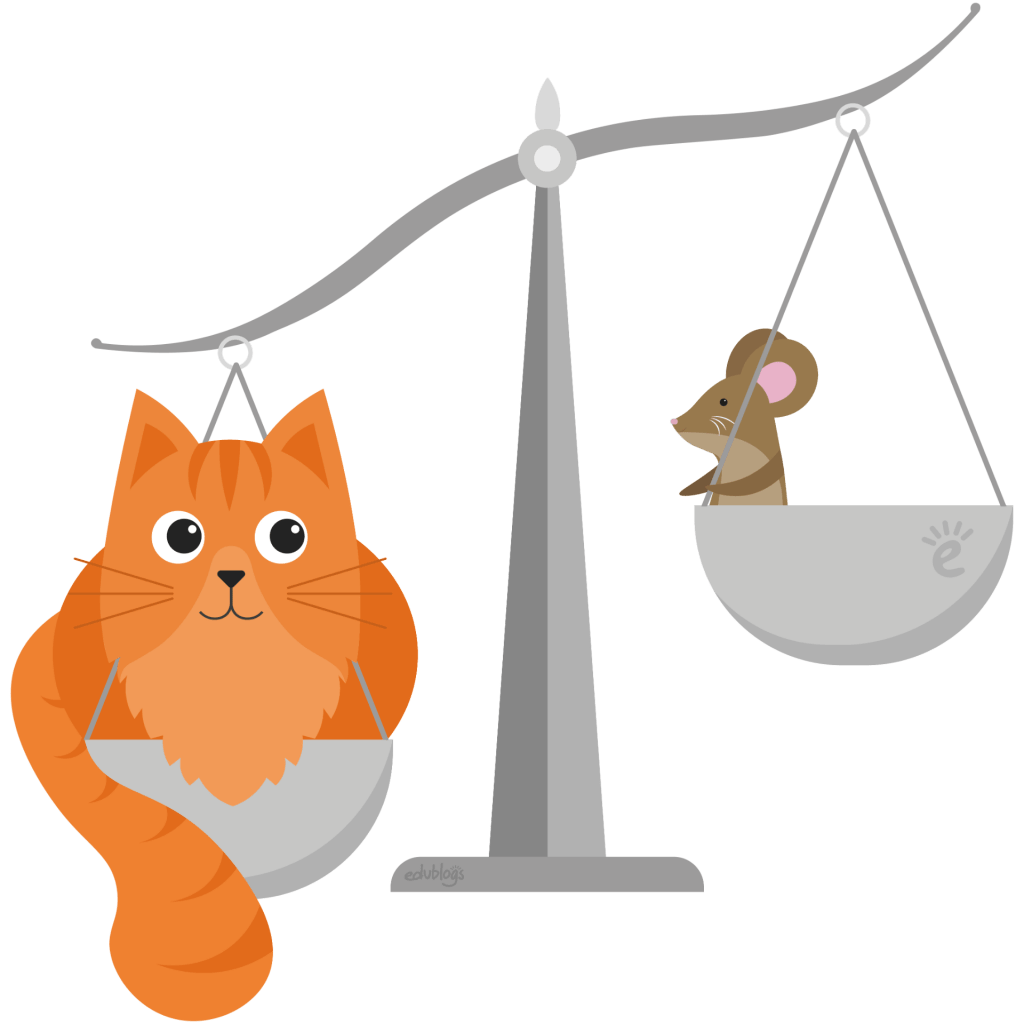
What Is Fair Use?
So now you understand that most of the work you’re accessing online or in books is going to be protected by copyright (images, text, videos, music, and more). This means you can’t necessarily use these materials freely on your class blog, website, or with your students in your classroom.
“But fair use applies here doesn’t it”, I hear you ask? Because you’re using images, text, videos, or music for educational purposes, that’s okay, right? Teachers and students don’t have to worry?
Not necessarily.
The more you dig in to the topic of fair use, the more you come to realize it is a gray area.
As the U.S. Copyright Office explains, The Classroom Use Exemption 17 U.S.C. §110(1) allows you to use copyrighted material when you meet certain criteria.
For “fair use” to apply, the copyrighted material must be used:
- for performances or displays (e.g. acting a play, reading poetry, watching a movie, listening to music)
- as part of face-to-face teaching activities
- in a nonprofit educational institution
- in a classroom or similar place devoted to instruction
- using a lawful copy of the works (e.g. a movie you purchased legitimately)
If you’re teaching online or wanting to hand out copies of work, then you may not be covered by this exemption. Furthermore, these fair use laws are specific to the U.S. so if you’re in another country, you may not be covered. Some countries don’t have a fair use law or they may be more specific or broad than the U.S.
For example, in Australia, there is “Fair Dealing” which is an exception to copyright infringement that’s a little more specific than in the U.S. You may be able to use portions of copyright material without permission for the purpose of:
- research or study
- criticism or review
- parody or satire
- reporting news, or
- enabling a person with a disability to access the material
Overall, fair use isn’t as simple as it seems, right? Instead of trying to find loopholes with fair use, a better approach is to look for materials that you can use freely.
The best place to start is with public domain or Creative Commons materials. So let’s dig into that.
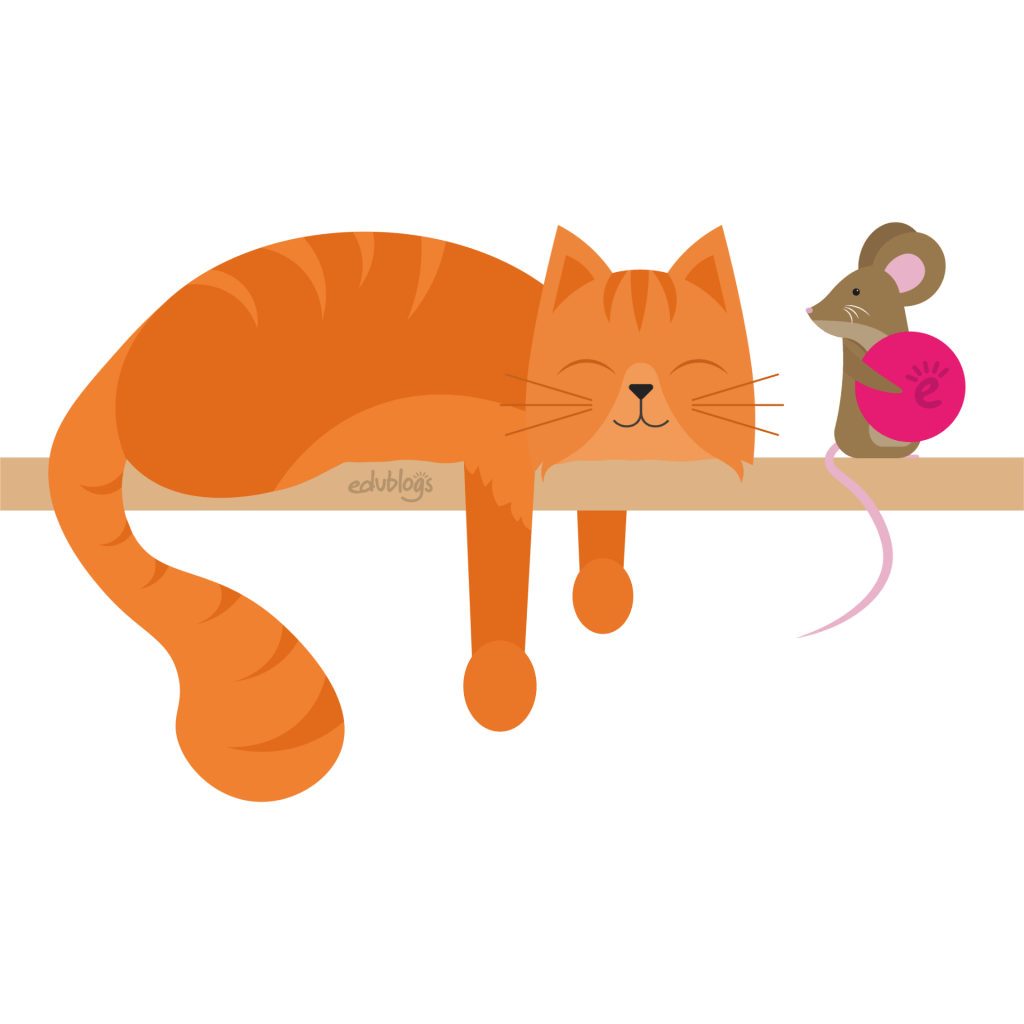
What Is The Public Domain?
In general, in the U.S., copyright lasts for the life of the author plus seventy years after the author’s death.
What happens to work after the copyright expires? Well, it becomes part of the public domain. Works can also enter the public domain if they are factual (e.g. charts or calendars), they are published before a certain date, or a creator has assigned their work to the public domain.
When something is in the public domain it means the work is owned by the public and you don’t have to get permission to use it. This is great for educators looking for materials they can freely use with their students.
Example Public Domain Resources
There are many places online where you can find books, images, audio, and videos that are in the public domain.
Some popular choices for public domain materials include:
- Project Gutenberg: 60,000+ eBooks that can be downloaded (most are older works with expired copyright).
- Faded Page: 5,000+ eBooks that are in the public domain in Canada.
- Metropolitan Museum of Art: includes more than 400,000 images from The Met collection.
- Smithsonian Institution Public Domain Images: a collection of 3,000+ images housed on Flickr.
- Librivox: public domain audiobooks that are read by volunteers from around the world.
- Prelinger Archives: thousands of public domain films (advertising, educational, industrial, and amateur).
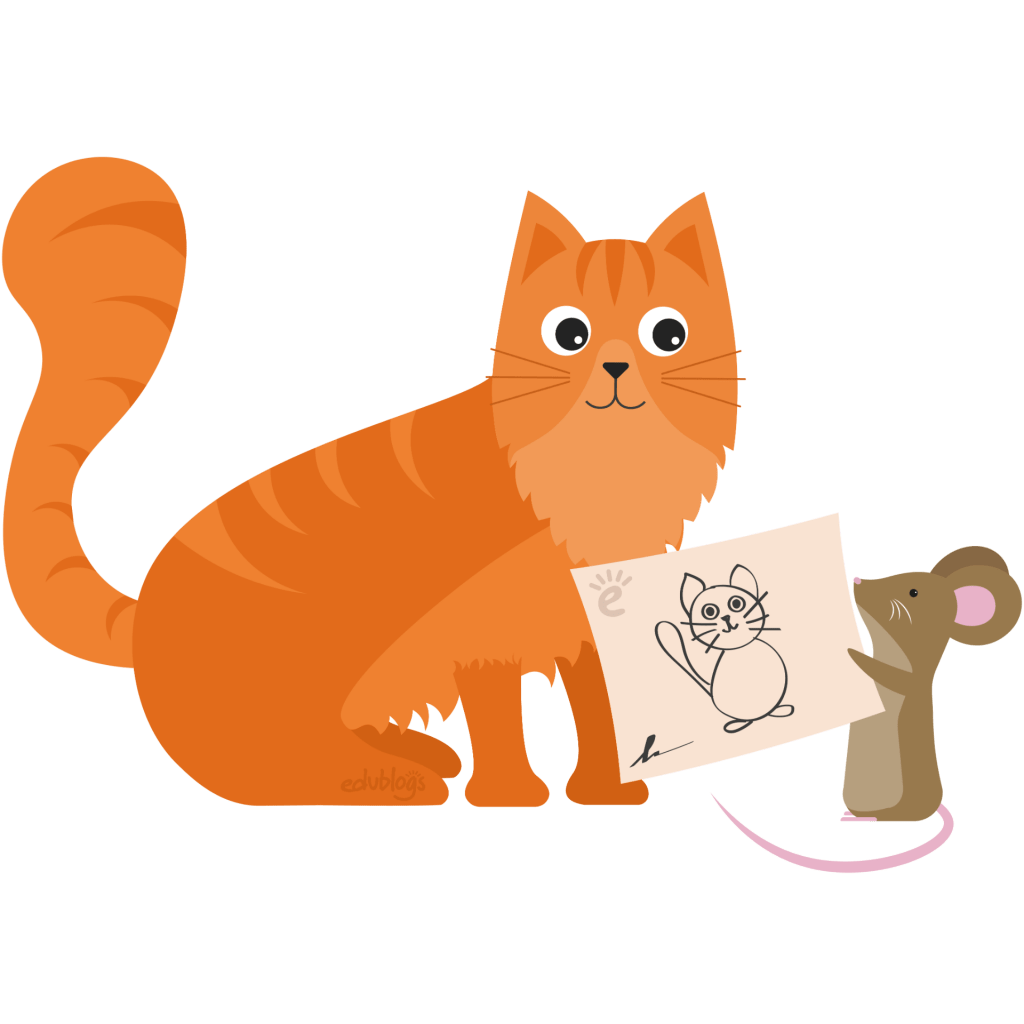
What Is Creative Commons?
Sometimes creators (copyright holders) are happy for others to use their work, as long as they meet certain conditions.
A creator can place a Creative Commons license on their work which describes the terms of using, modifying, and sharing the works. A simple license removes the hassle of others having to ask the creator for permission.
Creative Commons is an international organization that made this system possible. The mission of the Creative Commons organization is clear,
By helping people and organizations share knowledge and creativity, we aim to build a more equitable, accessible, and innovative world.
If a creator decides to attach a Creative Commons license to their work, there are six Creative Commons licenses to choose from.
I have written a post on my own blog about copyright and Creative Commons that includes a poster to simplify the licenses.
The poster includes a Creative Commons license so you’re welcome to use the poster in your classroom or share it with your colleagues (a poster about Creative Commons licenses that includes a Creative Commons license — meta, right?). There is a PDF version of the poster on my blog.
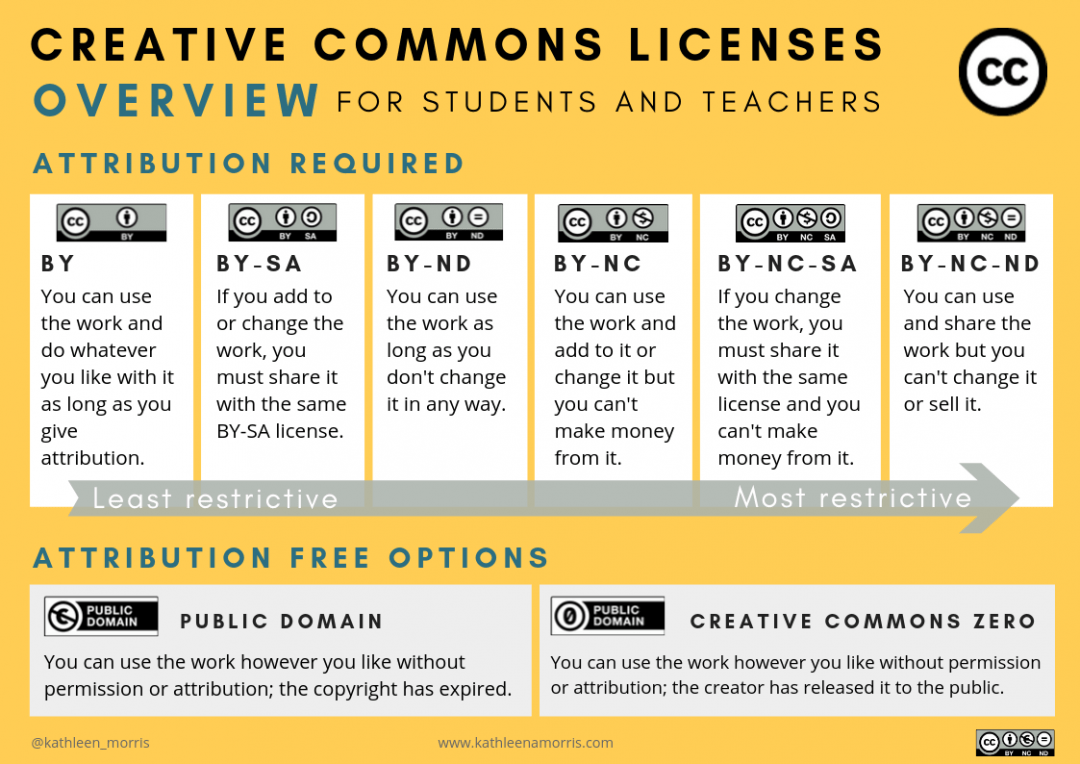
👉🏽 If you’d like to learn more about Creative Commons licenses, the video below by McLaughlin Library is a good place to start. You can learn more about Creative Commons Licenses on the official website of the organization as well.
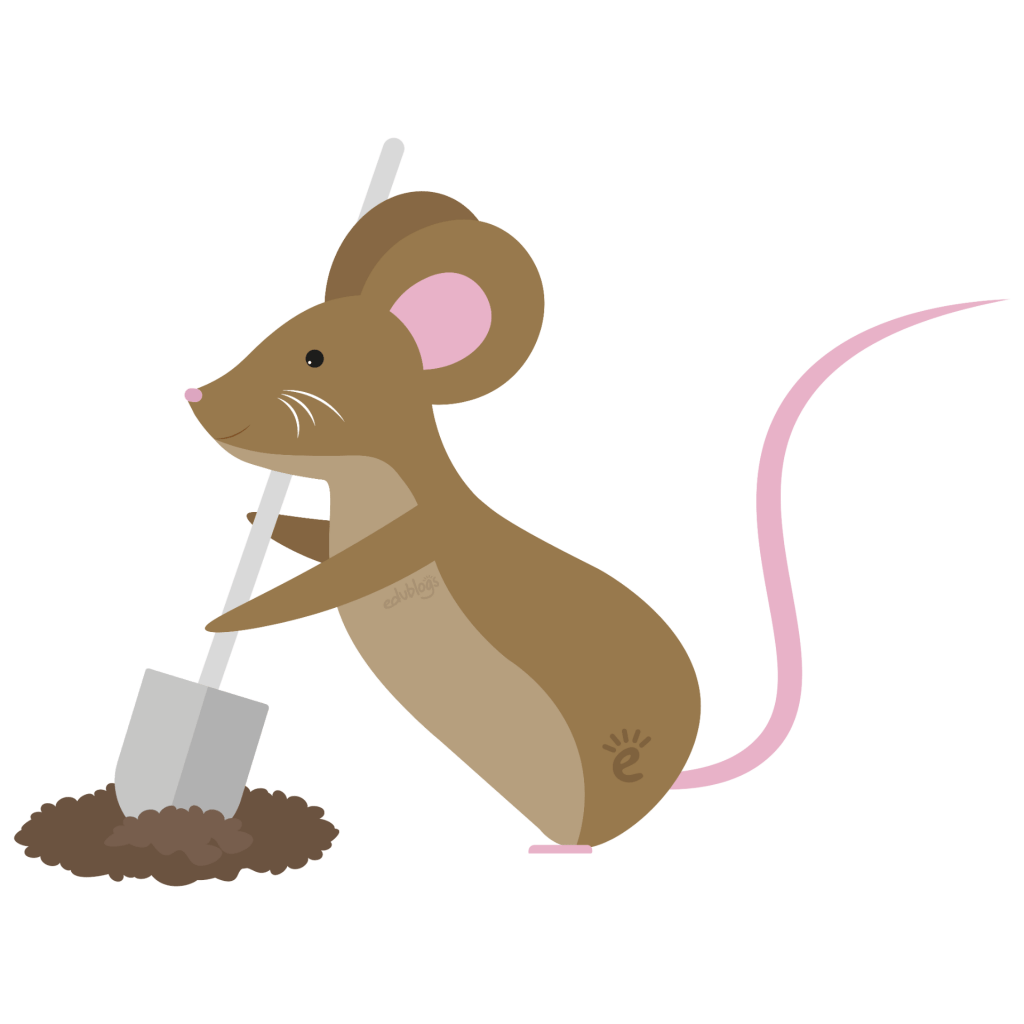
Finding Creative Commons Images
If you need images for your blog, website, videos, or other projects, Creative Commons images are a good choice. As long as you’re using the image according to the license with attribution, you won’t be infringing copyright.
If you’re looking for images that have a Creative Commons license, there are an increasing number of options out there. We’ll show you some of the more popular options, but first, it’s important to understand attribution.
All Creative Commons resources require attribution unless they’re licensed with the least restrictive Creative Commons Zero license. That means no attribution is required and you can use the resource however you like.
Let’s take a look at how to attribute Creative Commons images. The same instructions apply to other works (text, videos, etc.).
How To Attribute Creative Commons Images
When you use a resource with a Creative Commons license, you have to attribute it in a particular way. Attributing means sharing the details of the work and giving credit.
The acronym TASL can help us remember what to include.
- Title of the image or material (don’t worry if there is no title)
- Author or creator of the image/material
- Source of the image/material. Where is it from? Include a link if possible so others can find it
- License — include which of the six Creative Commons licenses applies to the work
Here’s a photo I found on Wikimedia Commons of a bridge in Western Australia. You can see I included the attribution below the image.

If you use images from Wikimedia Commons, getting the attribution information is easy. As you go to download the image, you’re prompted to copy the attribution information.
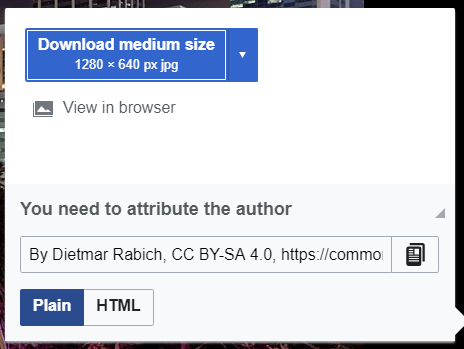
You can copy the attribution information either in plain text format (as in caption above), or as HTML as shown below.
By Dietmar Rabich, CC BY-SA 4.0, Link
If you insert HTML into your blog post, it’ll become hyperlinked. Learn more about inserting custom HTML in Edublogs/CampusPress/WordPress block editor here.
👉🏽 If you’d like to learn more about attribution and explore some examples of ideal, acceptable, and unacceptable attributions, check out this page on the Creative Commons wiki. There’s also a handy PDF about attribution on the Australian Creative Commons website.
Now you know the basics of attribution. Let’s take a look at where you can find images and music that have a Creative Commons license. We’ll begin with images that don’t require attribution.
Creative Commons Zero Images
(No Attribution Required)
There are a number of websites where you can find images that are free to use without attribution (Creative Commons Zero).
I’ve written a post on my blog about the best websites to find Creative Commons images that either don’t require attribution or the attribution is included within the image like the example below from Photos For Class:
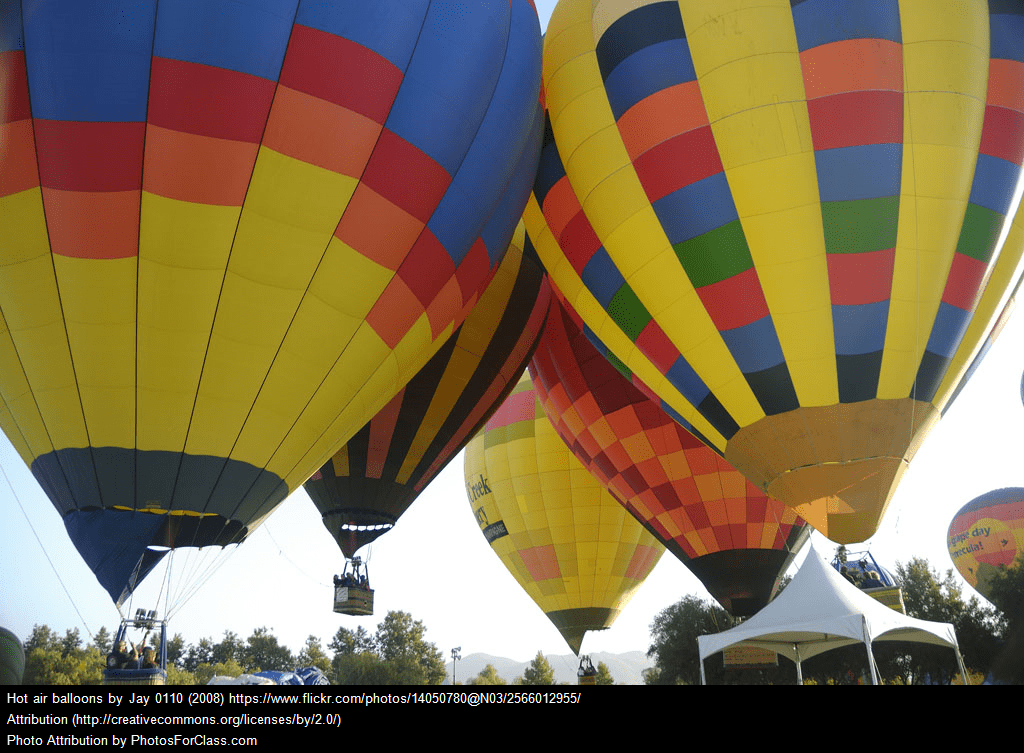
The sites reviewed in my post and the summary diagram below are:
* Photos For Class currently has fewer options than it used to. The team has told us they aim to improve this in mid-2020. 🤞🏽
Here’s a summary poster that you’re free to use in your own teaching.
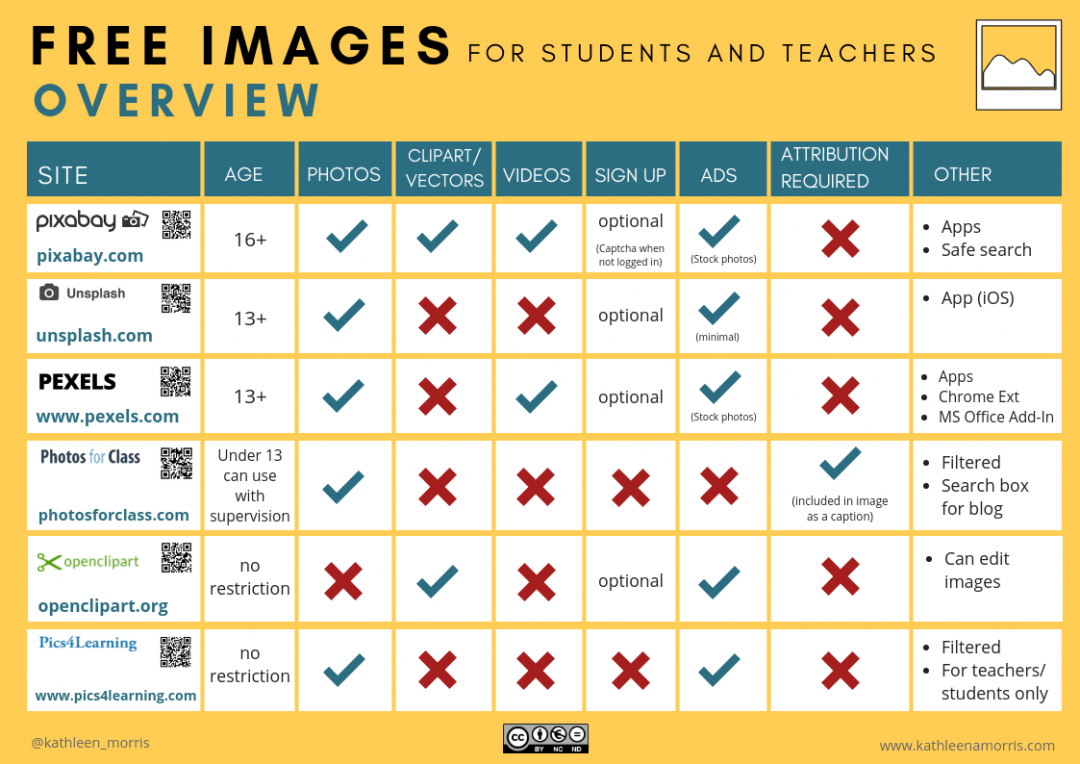
The one issue that a lot of educators overlook is that a lot of these free image sites are age-restricted. So if you teach younger students, many sites are not going to be suitable.
Another thing to consider is that even though the images from these sites don’t need to be attributed (or they include the attribution information within the image) it’s still a good idea to teach students about copyright, Creative Commons, and attribution. As producers and consumers on the web, these are really vital understandings for students and all internet users. Just remember, even if attribution isn’t required, it’s always appreciated by the creator.
Creative Commons Images That Require Attribution
Apart from the sites listed above with images that don’t require attribution, there are other places to find images with one of the six Creative Commons licenses that do require attribution.
Creative Commons Search Engine
The first place you might want to look is the search engine on the official Creative Commons website. This is an excellent tool that was updated in 2019. It allows you to search through millions of CC images from more than 20 different sites.
When using the search engine, you can easily filter the search results — for example, you can filter by file type, use, or license.
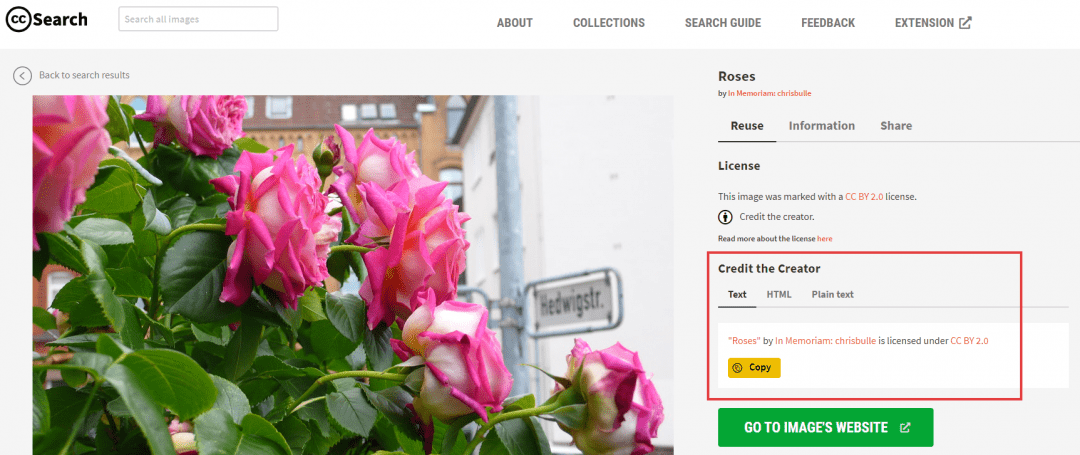
There’s also a Creative Commons search browser extension that allows you to look for Creative Commons images on the go.

Wikimedia Commons
We already mentioned Wikimedia Commons above in the section about attribution. Wikimedia Commons has a large collection of images, audio, and videos that are free to use. Most require attribution.
Wikimedia Commons collections are included in the Creative Commons search engine so that tool really is a one-stop shop.
Search For Creative Commons Images On Google
Sadly, it is common practice for many teachers, students, and bloggers to take images straight from Google. Most images on Google are protected by copyright and using these images is illegal and unethical.
You may know that you can do an advanced search on Google to find Creative Commons images, although it does require a few steps. First, you need to filter your search results to find images that can be reused.
This video from Jurupa School District explains how to do that.
Then the next step, that is not shown in the video, is you have to click through to the site the image is from, look for the Creative Commons license, and attribute your image correctly.
As we saw above, using the Creative Commons search engine or Wikimedia Commons makes it really simple to attribute your chosen image. All you really have to do is copy/paste. Using Google search doesn’t make it easy to attribute Creative Commons images. So this is not the way we’d recommend finding Creative Commons images online.
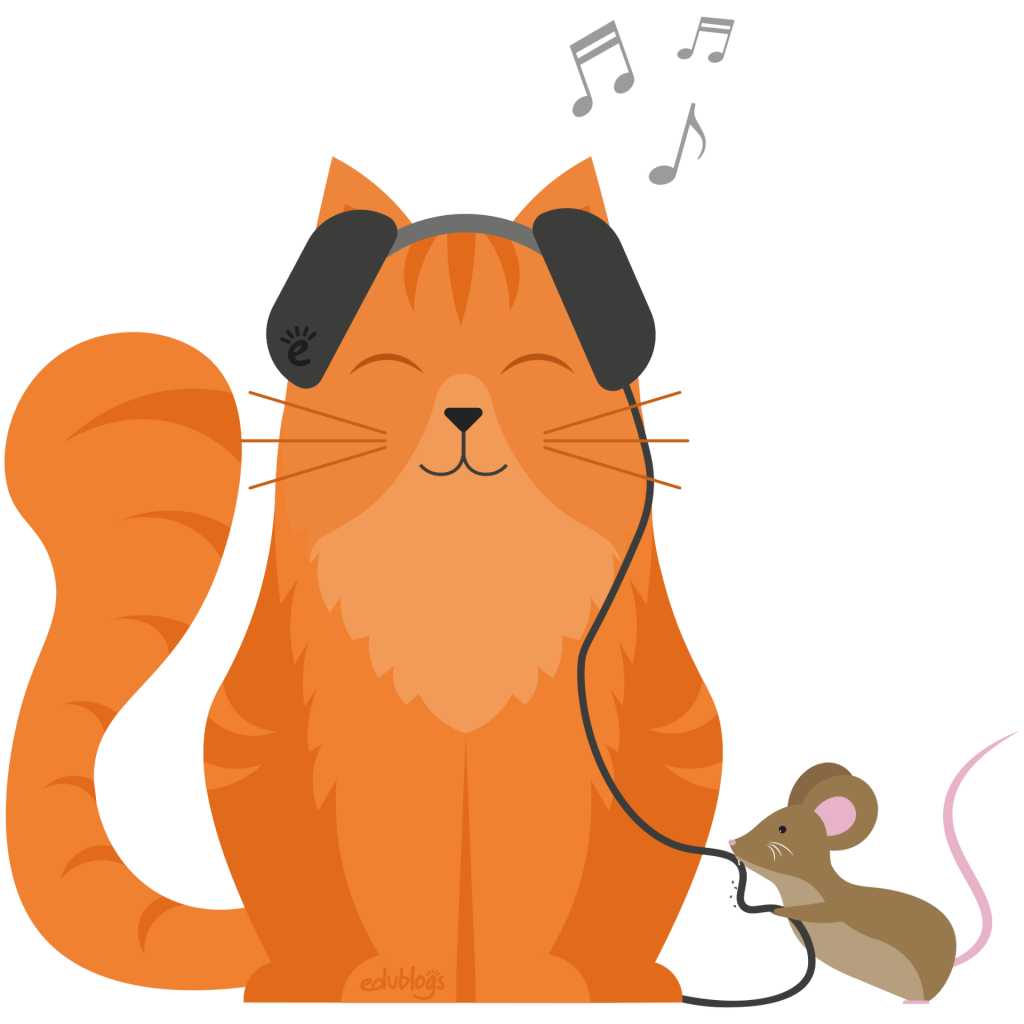
Copyright And Music
No doubt there have been many times when you want to use music on your blog, in your content, or in class. When you’re creating a video it can be extremely tempting to use popular music that reflects the mood and emotion of the footage. Or maybe you want students to play popular music at a performance or public event.
As you probably know, most music is protected by copyright. It doesn’t matter if you paid for a song or not, it’s still protected by copyright. It doesn’t matter if you’re only using 30 seconds or less of a song, it’s still protected by copyright.
Let’s take a look at some specific examples of music and copyright.
Using Music In Projects Like Videos
Normally, you can’t just use any music you like in your projects or videos.
However, in many countries, there are exceptions. For example, in the U.S. and Australia, you are allowed to copy music to add to a video if:
a) it’s for educational purposes and
b) you’re not sharing your video publicly (or selling it!)
So, if you make a video with music that’s protected by copyright, it’s not okay to publish this on a public blog, social media, YouTube, and so on. And you couldn’t show your video at a public event. However, it’s okay if the video is just being shown privately to teachers, students, and families at home/school.
It’s also important to note that background music is not considered “educational use”.
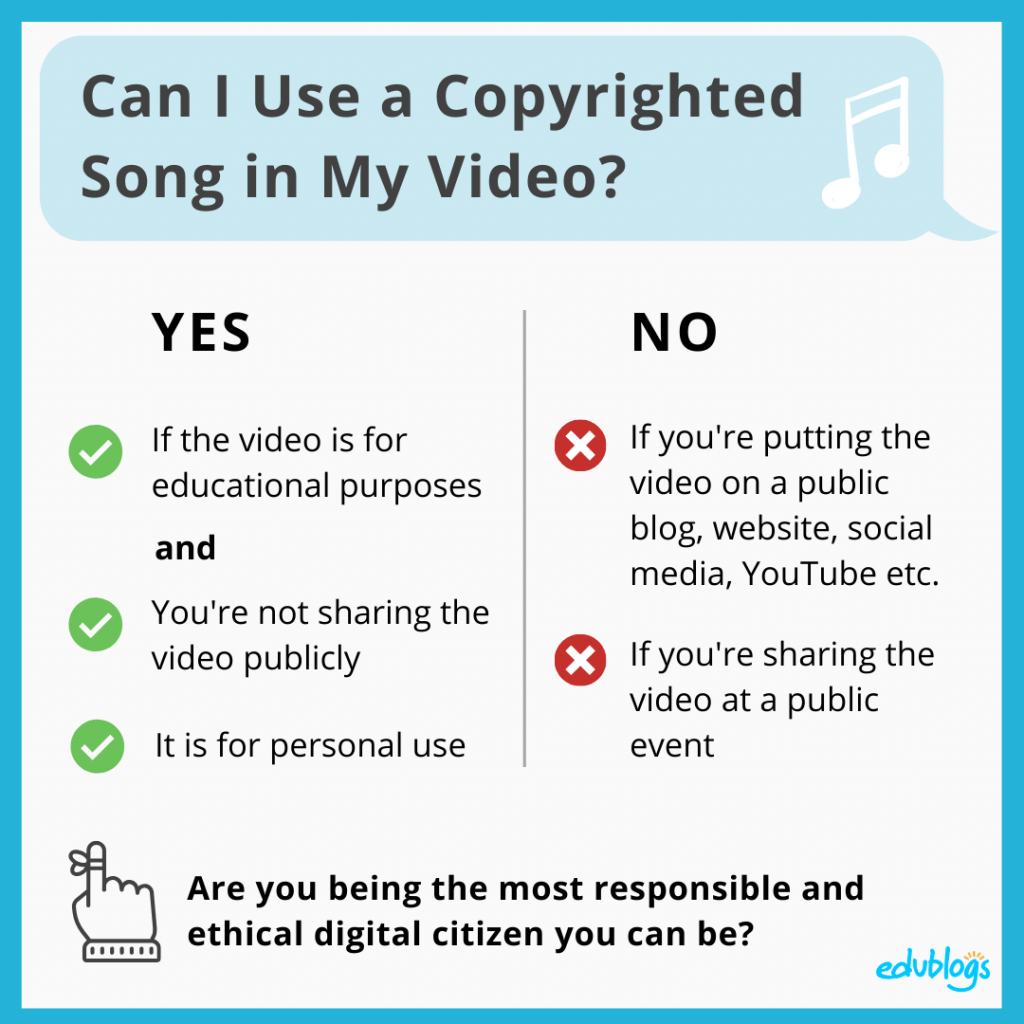
Paying For Music And Streaming
There are popular sites and apps where you can pay to download or stream music legally — for example, Apple Music, Google Play Music, and Spotify.
You can listen to your downloaded music yourself, but can’t upload the music to your blog or to a video or other project you’re working on.
It’s fine to stream music videos on sites like YouTube too but it’s not usually legal to download the audio from a YouTube video as explained in this article.
Also, streaming music is meant for personal use — not for a public broadcast.
As Spotify says,
…it’s not possible to use Spotify in public places (such as bars, restaurants, stores, schools, etc.). You may only make personal, non-commercial, entertainment use of the content.
Most streaming services are similar.
Embedding Music Videos
Embedding a music video from a site like YouTube or Vimeo into your blog is usually allowed.
As Richard Byrne says,
If the host provides an embed and you embed it using their code according to their rules (usually that means not trying to hide branding), you can embed it without violating copyright.
You can also link to music files or videos that are publicly available on the web.
Using Purchased CDs
Some people still listen to music by buying a CD or borrowing one from the library, although, of course, digital music is becoming a lot more popular than CDs in many parts of the world.
Again, you can’t copy the music from a CD and use it for another public project (e.g. upload it to your blog or add it to a public video). It doesn’t matter if you have purchased the CD legitimately.
👉🏽 If you’d like to learn more about using music in education for other purposes including school concerts and online learning, check out this fact sheet from the National Association of Music Education.
Creative Commons Or Copyright Free Music
Even though most music out there is protected by copyright, there are many places online to find Creative Commons or other copyright free music options.
You might first like to check if your district has any subscriptions you can make the most of. For example, Soundzabound.
If this isn’t an option, there are lots of other sources of free music online.
Three options for free music and audio are:
Let’s take a look at how these three sites work.
Dig CC Mixter
Dig CC Mixter offers thousands of hours of free music.
The music on this site has different Creative Commons licenses so you need to check whether you need to attribute the music or not.
Educational Blogger Richard Byrne explains in a video how to use Dig CC Mixter and filter by license.
YouTube Audio Library
YouTube has a great library of music you can use. Visit the Audio Library on YouTube to browse the selections.
If you click on Attribution, you can filter your results to find music that does or doesn’t require attribution.
You can preview the music to see what it sounds like and download the music you want to use.
Here’s an example called Sunshine in my Heart by Jingle Punks.
BBC Sound Effects
During 2018, the BBC made over 16,000 sound effects available to use. These sound effects are not actually Creative Commons — they’re protected by copyright but the BBC gives permission for the sound effects be used for personal, educational, or research purposes.
You can browse by category to find the sort of sound effect you’re after for your project.
You should put a link in your project or blog post to say that your sound effects are from the BBC and link to their site.
Here is an example of a sound clip. This is the sound of the surf at Bondi Beach, Sydney, Australia.
Surf – Bondi Beach, bbc.co.uk, copyright 2020
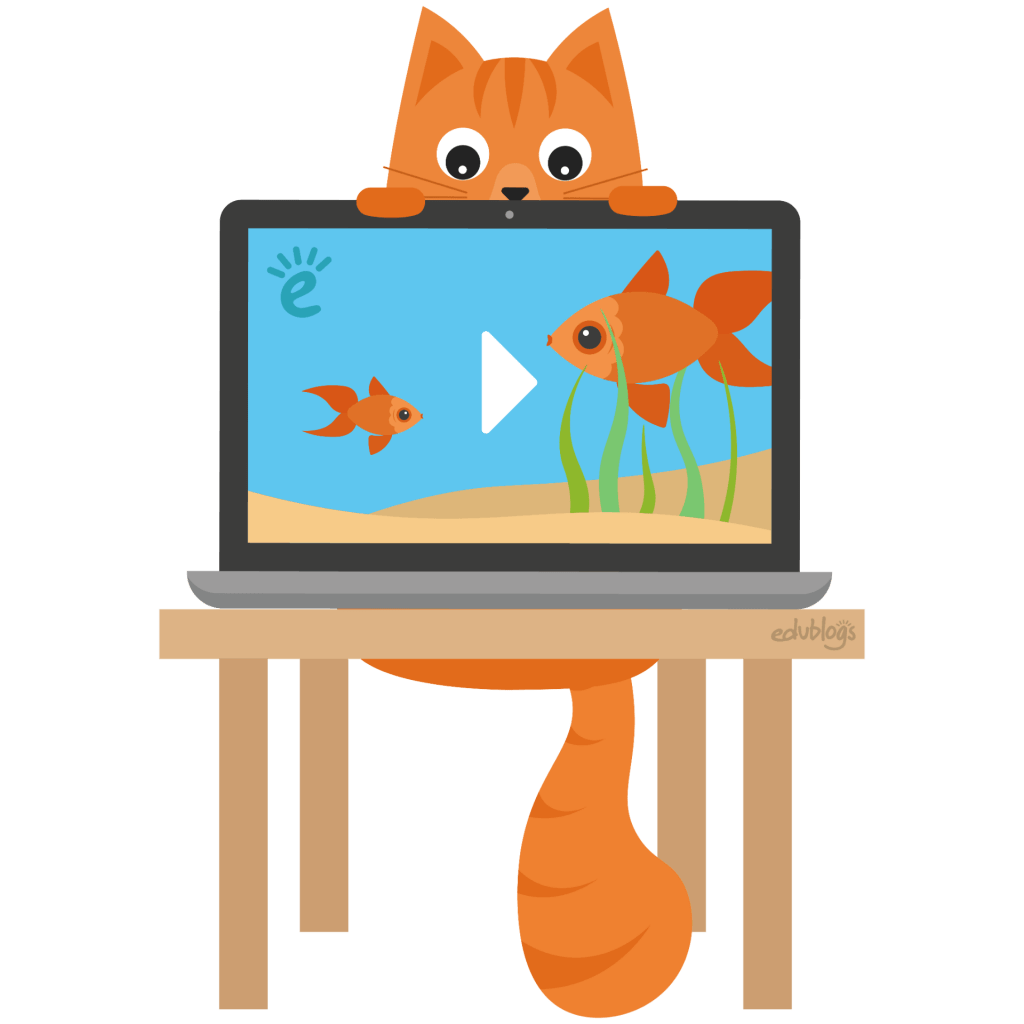
Copyright And Videos
Where would we be without all the awesome video content we now have at our fingertips on the web? In the education world, extensive video libraries like YouTube are becoming priceless.
Video copyright can be complicated as video can draw together multiple elements — video footage, images, music, sound effects, and so on. When using, sharing, or creating video, you need to make sure all of these elements are not protected by copyright.
Can You Link Or Embed Videos?
You are free to embed any video from sites like YouTube, Vimeo,TeacherTube, TedED etc. on your blog or website as long as it gives you the embed option. It’s a good idea to add a link to the video as well.
Linking or embedding from YouTube or other sites on the web is not considered copying. Just make sure the videos aren’t violating copyright. If they are, they’ll probably be taken down by the site eventually but some content gets through.
Can You Download Videos From Sites Like YouTube?
While linking and embedding videos is okay, you shouldn’t download videos from YouTube. Sometimes this is tempting for teachers especially if they have unreliable internet connectivity, they’re worried about a video being removed in future, or they want to add a video to a learning management system. However, downloading videos raises many legal questions and generally violates copyright.
Additionally, you can’t necessarily use parts of videos from YouTube (or other sources) to make mashups or remixes. If you want to cut or remix videos, it is better to use Creative Commons content, public domain content, or request permission from the copyright holder.
Uploading Your Own Videos To YouTube
If you want to upload your videos to a site like YouTube remember to respect copyright. You should only upload videos that you made or that you have permission to upload. Make sure there aren’t copyrighted elements (e.g. music or images) in your videos. Of course, get permission from your school or district if these videos are being used professionally.
Educators should be especially careful about permission if using footage of students. Some teachers use the blurring tools available in YouTube to blur student faces and identifying objects. Richard Byrne shares a demonstration of how to do this on his website.
👉🏽 If you’re a creator and would like to learn more about videos and copyright, YouTube has a useful playlist of eight videos on their YouTube Creators channel.
Showing Videos To Students
Teachers can show videos in class for educational reasons, such as videos legally uploaded to YouTube (however, some districts don’t allow YouTube to be used in schools).
If you have a legitimate copy of an offline video (e.g. DVD), you’re allowed to use this in class for face-to-face teaching as long as it’s for educational purposes (not for entertainment or a reward).
Remember, this would be in line with the U.S. fair use policies we described above, so check your own country’s guidelines if in doubt. If you’re in Australia, a useful website for all things copyright is https://www.smartcopying.edu.au

Copyright And Text Or Curriculum Materials
Say you’ve purchased a textbook or other teaching materials. You can obviously use these materials in class and you might be able to make photocopies, however, in most cases you can’t upload purchased curriculum or books to a public site. That means don’t put scans, photos, or PDFs of textbooks, worksheets, posters, picture books, novels, or other learning materials on your public blog or website.
If in doubt, seek guidance from the company you purchased the curriculum materials from about reuse.
Marketplaces Like Teachers Pay Teachers
Not so long ago, we were all purchasing our curriculum materials from professional organizations. Now anyone can be a creator and with the rise of sites like Teachers Pay Teachers, new copyright questions have arisen. As Education Week has pointed out, copyright infringement is rife on this popular marketplace.
What does this mean for you? Well, if you’re uploading to a site like Teachers Pay Teachers you need to make sure you have permission to use all your elements including fonts and images.
If you’re downloading resources from Teachers Pay Teachers, you need to seek clarification about how these can be used. And also keep an eye out for resources that look like they could be violating copyright before you use them (e.g. copies of a published textbook). There is limited vetting of copyright materials on Teachers Pay Teachers. As a savvy internet user, we all need to have an awareness of the larger copyright traps that are out there.
Link To Curriculum Resources
Linking may be a useful alternative to copying curriculum materials. If third-party text, articles, or other content is available on the web, teachers or students could include a link to the content on their blog or website.
Like embedding, linking is not a copyright activity because you’re not “copying” the content. You’re just providing a path to the original location that the readers can access themselves.
Creative Commons Textbooks And Curriculum
Another option to avoid copyright violations is to use curriculum materials that have Creative Commons licenses. One example is OpenStax. You can browse to find textbooks for a range of topics and the materials are free to use however you see fit.
You’ll find some more open textbooks and course materials listed on this Open Washington page.

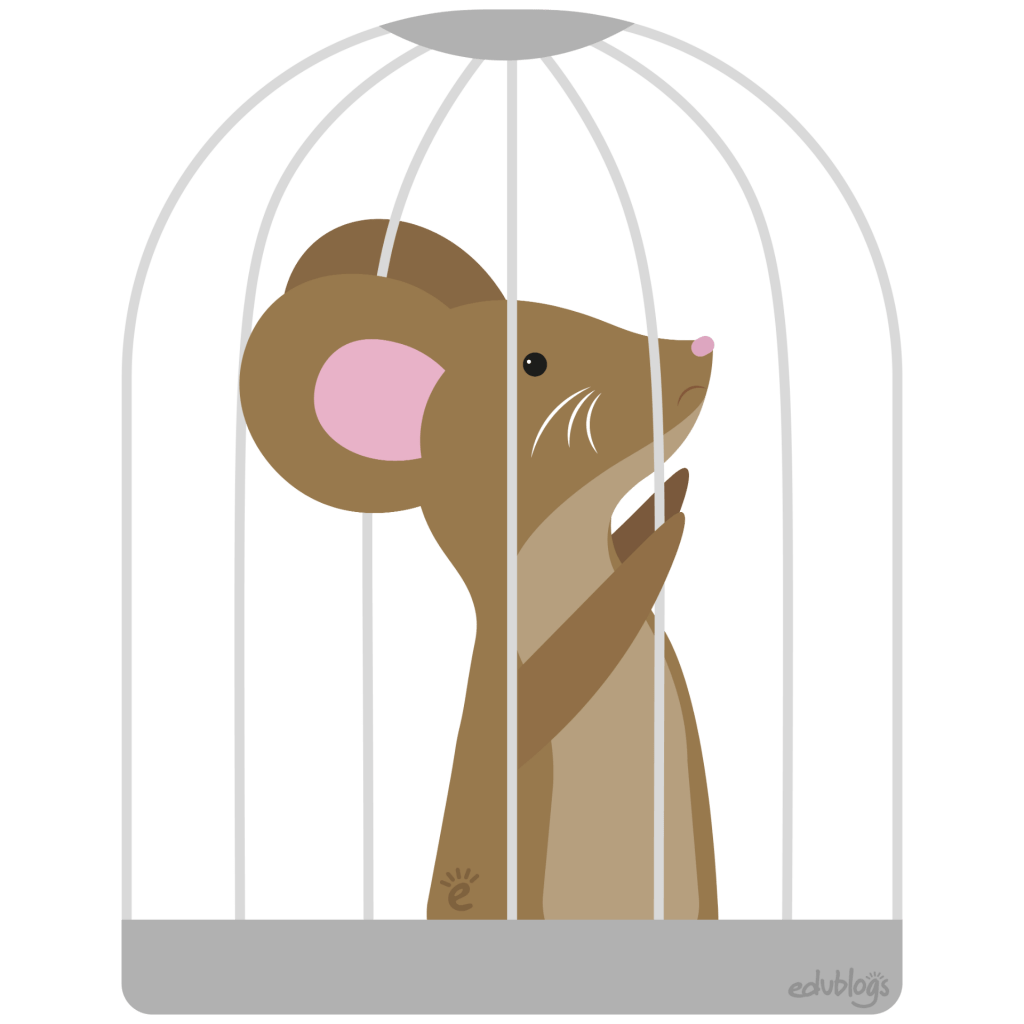
Copyright Infringement
We know that most images, text, music, and other content are protected by copyright by default. Using work protected by copyright without permission is called copyright infringement. This is unethical and illegal. “Using” the work might involve reproducing, displaying, distributing, performing, or making your own derivatives.
But I Won’t Be Caught…
If only that were true.
Google makes it incredibly easy for companies and content creators to seek out those posting their work on the web. In fact, most large companies now aggressively patrol the internet looking for copyright infringement.
Sadly, we are also noticing more and more “law firms” and organizations out there looking for copyrighted content as a way of generating business. They then contact the copyright holder offering their services to get the content removed (for a fee of course). It is a ruthless (and apparently profitable) practice.
Another issue that is important to be aware of involves Creative Commons Zero sites. There have been cases where people have used images from free image sites like Unsplash and then were hit with a copyright infringement case. Sometimes people put images up on these sites in order to sue. They leave the images up on the site until they are downloaded multiple times and then remove them. This is a dark side of Creative Commons Zero that’s important to be aware of.
What If I Am Caught?
In many countries, copyright infringement brings hefty penalties including fines of hundreds of thousands of dollars and imprisonment, depending on the situation.
Of course, a good offense is your best defense. Check your blogs and class websites for any potentially offending material. Has anyone uploaded images straight from other websites or Google? Are there are educational materials (e.g. copies of textbooks) that shouldn’t be there? Has copyrighted music been used publicly? If you find anything, just remove it.
The law requires copyright holders to give you (and the host of your site, such as Edublogs, WordPress, etc.) an official notification. Take these seriously and act quickly to remove what they want if you are in the wrong. That should be the end of it.
Here at Edublogs and CampusPress, we’re contacted about copyrighted materials regularly. These are mostly images from Google, curriculum documents, or PDFs (e.g. textbooks or sheet music), or music files.
We were once notified about a teacher with a blog on Edublogs that had a harmless world map image on his blog that he had presumably found using Google image search. When we contacted him telling him why we had removed the image, he asked if he and his students could write an apology letter to the copyright holder.
It was excellent – turning what could be a bit of an embarrassing mistake into a teachable moment for his students. Now this teacher had a good reason to discuss copyright and Creative Commons with his students.
Even if you haven’t done anything wrong, having a space to publish online like a blog or website is one of the best ways students can learn about copyright and Creative Commons.
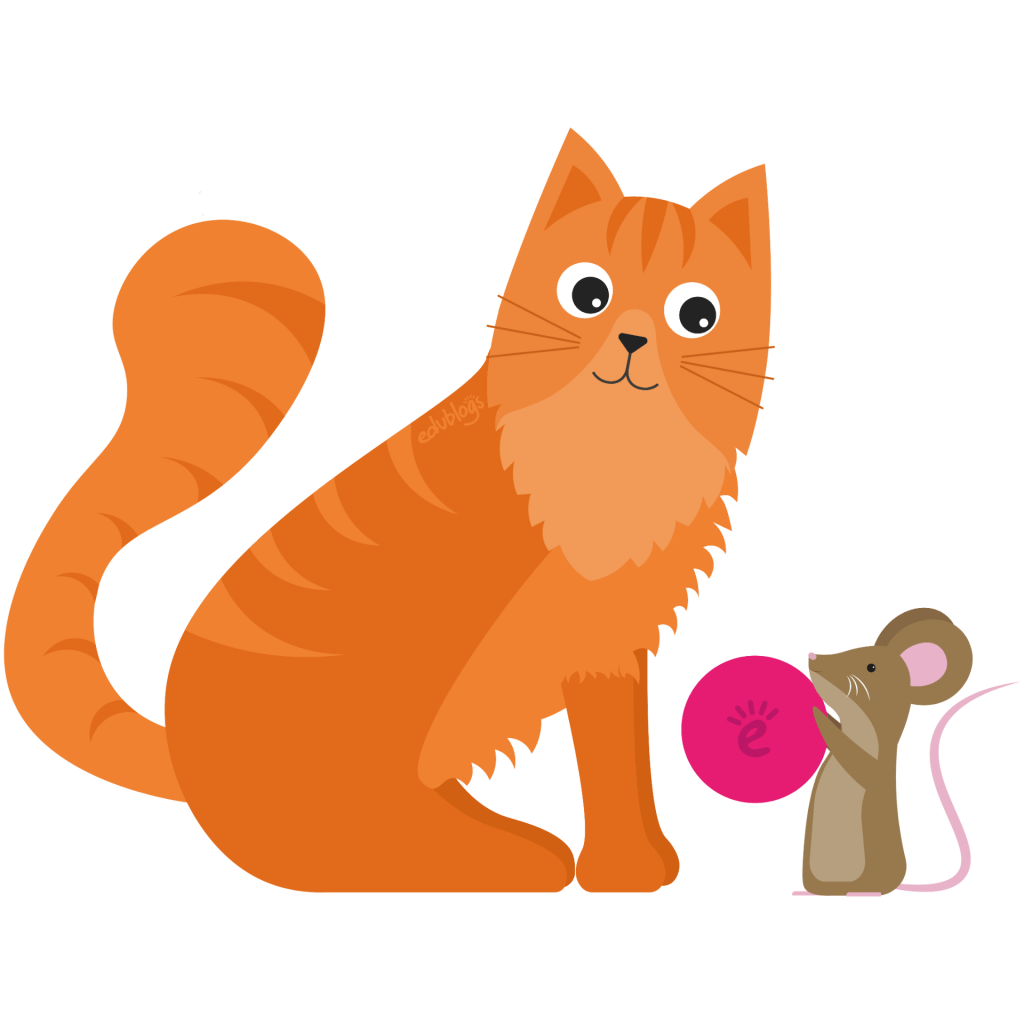
Copyright Considerations When Publishing Online
Whether you’re a teacher, a student, or a regular blogger, when you’re publishing online you must do your best to be a responsible digital citizen. This means respecting others’ work and respecting copyright.
Here are three key things to remember when publishing online to be a legal and ethical digital citizen:
1) Steer Clear Of Google Images
Don’t copy images off Google or other websites. Even if you include an attribution it is still illegal and unethical.
If you like an image and don’t know where it originally came from, a reverse search might help.
If an image is created by someone that you can contact, you could always ask their permission to use it.
Remember the best bet is to find Creative Commons or public domain images. Otherwise, take/make your own images or purchase some from a stock photography website.
2) Embed Or Link To Audio Or Video Clips
If you’re going to include a video or an audio clip, embed the file from the source and include a link as well. Don’t download audio or video files as this brings up many questions about copyright.
If you’re embedding from a site like YouTube, make sure the content doesn’t violate copyright law. YouTube is usually pretty good at cracking down on this but there is some content on there that does violate copyright — e.g. copies of television shows.
3) Never Copy Someone Else’s Blog Post
You might find this a little hard to believe but unfortunately people copy posts from other blogs and publish them on their own site all the time. Or they publish the blog post in another format such as a PDF document or slideshow.
And in case you’re wondering, copying someone’s blog post and then including an attribution does not make this okay.
If you do want to share someone else’s blog post on your own blog, consider writing a short description of the post on your blog and then inviting readers to click on a link to read the post themselves. In your own post, you could include some key points about what you agreed or disagreed with. Or maybe you can expand on the topic in a different direction. All this would be perfectly acceptable and no doubt the author would appreciate the interaction.
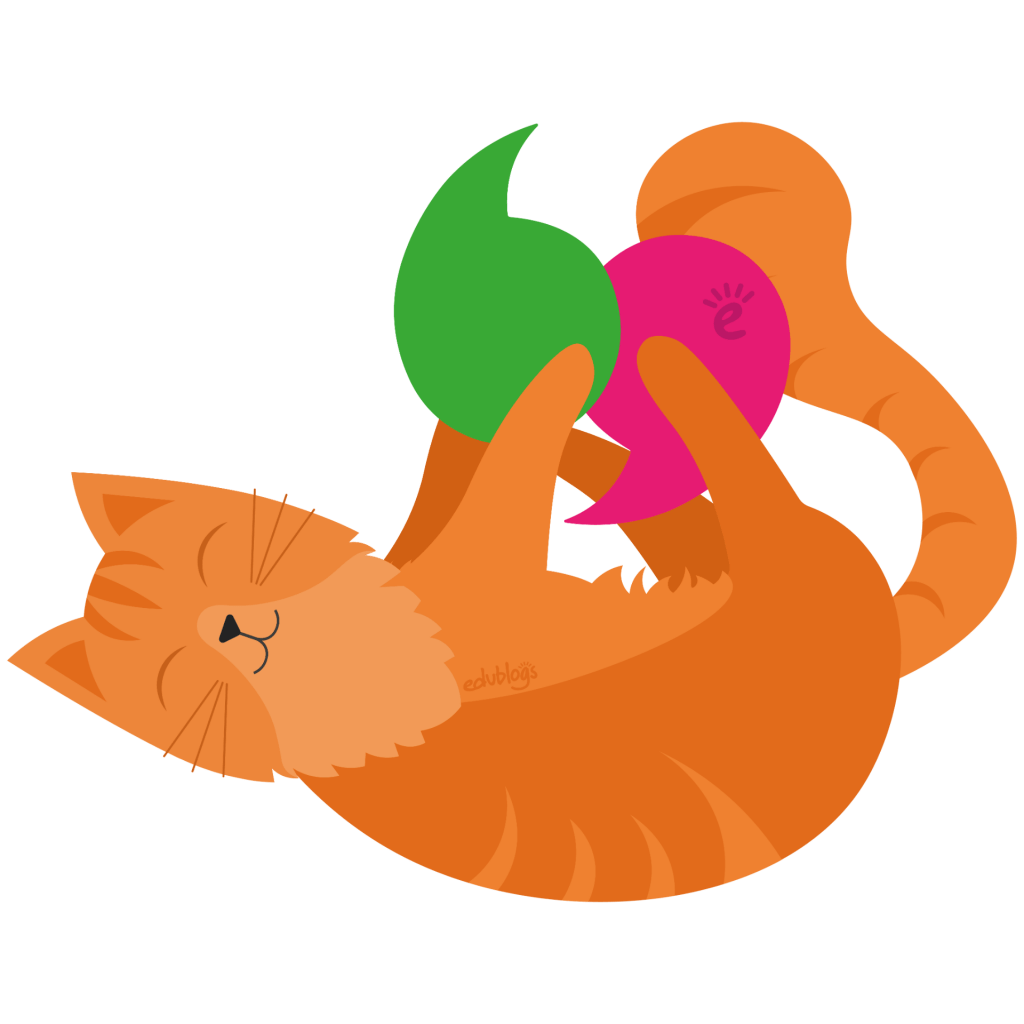
Using Quotes In Blog Posts
Hopefully you now know that you definitely can’t copy and paste someone else’s whole blog post or image, but you can include a quote of some text.
Here are a few points to be aware of that we included in our post on The Edublogger about quotes:
- Make it obvious which words are your own, and which words belong to someone else by using quotation marks or block quotes.
- Make your quotes brief. There are no universal rules here. Some larger organizations have guidelines around how much you can quote (e.g. Hubspot’s rules are 75 words). If you’re unsure or think you might be using too much of someone’s article, contact them to ask permission. Never copy the whole post.
- Always include the person’s name, and link to their site, article, or book if you can.
- If you’re using blockquotes, the attribution could be before the quote, inside it, or below it.
- If you shorten a quote, use an ellipsis (…) in place of the missing words.
- If you’re adding any words or corrections to the quote, use brackets.
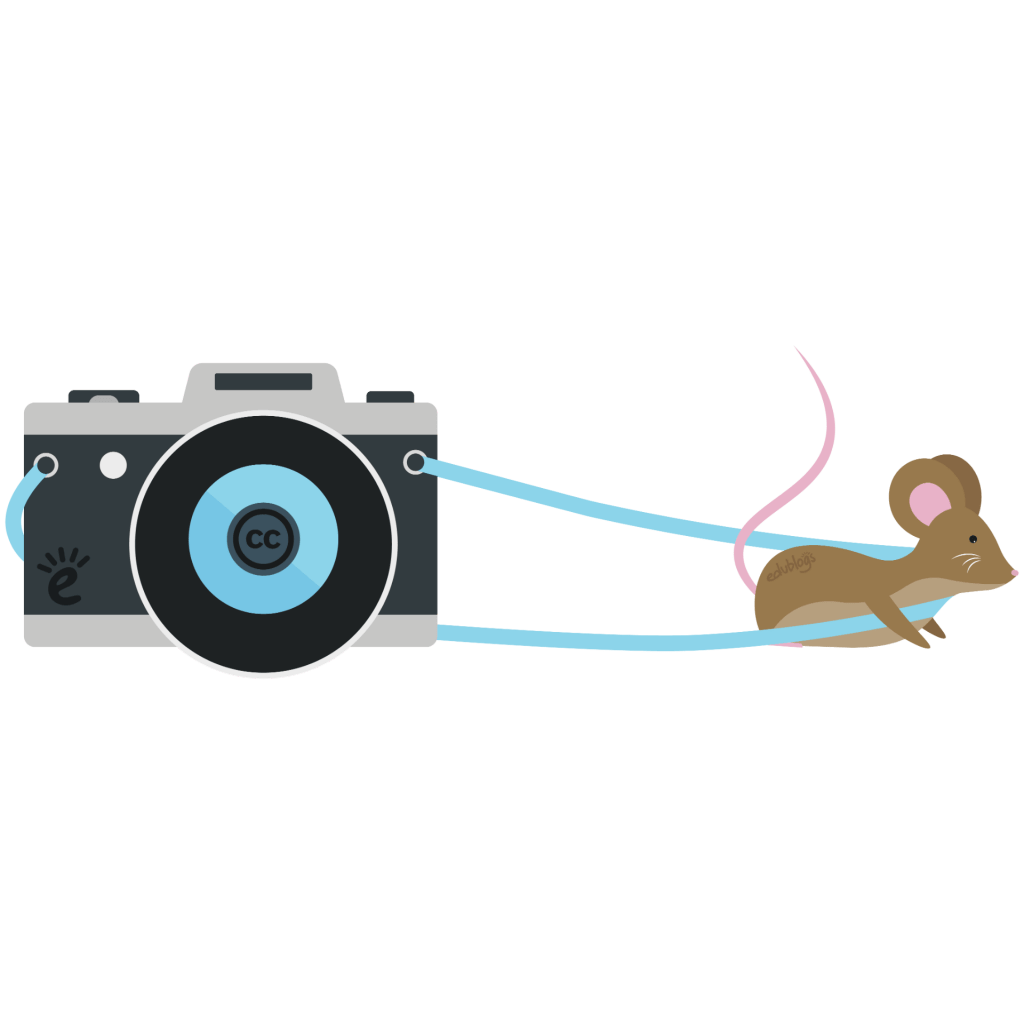
Adding Your Own Creative Commons License To Your Work
Earlier, we looked at the six types of Creative Commons licenses available to creators. If you’re publishing online, you’re a creator too! And you don’t have to be a professional. Maybe you share memes or lesson resources on social media? Perhaps you write blog posts? Maybe you take your own photographs that you share online?
Have you ever considered adding a Creative Commons license to your own original work?
As the Creative Commons organization explains,
When you apply a CC license, you give permission to anyone to use your material for the full duration of applicable copyright and similar rights.
This is therefore a serious decision but an important one. You can contribute to building a collection of art and knowledge that’s accessible to anyone in the world. How cool is that! You remain in control by choosing your own license, and people who like your work can use or share it without having to contact you for permission.
Before you choose a Creative Commons license, you need to make sure you are the copyright owner and the work is copyrightable (e.g. in a tangible format).
If you’re unsure which license to choose for your own work, there is an interactive tool on the Creative Commons website. This tool suggests a license after you answer a few questions. It also gives you a CC button that you can attach to your work to display your license.
If you would like to display your creative commons license on your blog, the easiest way is to use a text widget in your sidebar.
From your dashboard, go to Appearance > Widgets and select a Text widget to add to your sidebar. Paste the code provided by your Creative Commons license provider in the widget’s text box, and click “Save”.
Adults aren’t the only ones who can add Creative Commons licenses to their work. In many countries, children can too. What an authentic way for students to learn about copyright and sharing online.
Perhaps a whole class or school could make a library of Creative Commons content (e.g. images or music) that can be used freely by the education community? Talk about authentic learning!
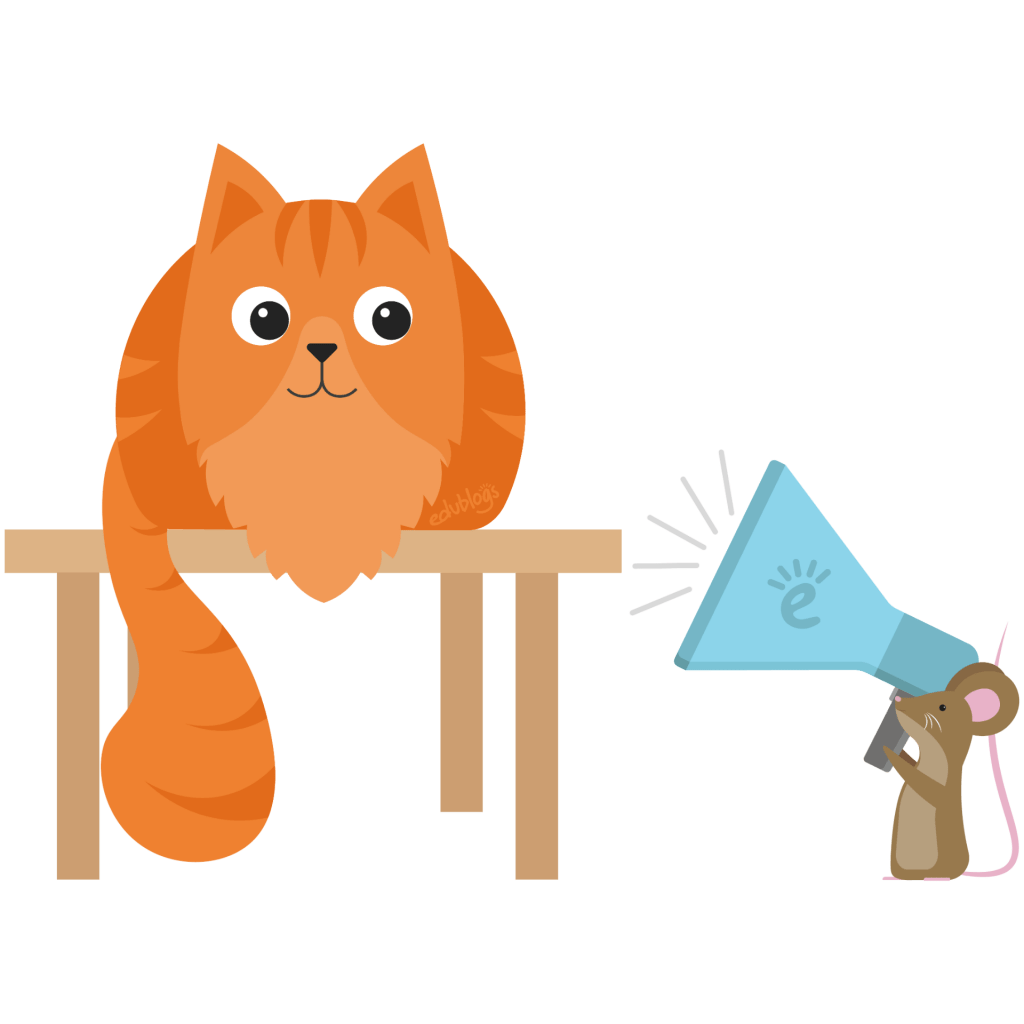
Conclusion
If you’ve made it this far into the guide you will have realized that copyright is a vast and complex topic, however, you don’t need to be an expert to understand the basics.
We’ve made a collection of slides which you’re welcome to use in your own classroom or perhaps you’d like to use them as part of your professional development program. Want to make a copy? Scroll down for instructions (don’t request access).
Want a copy of the Google Slides presentation? Don’t request access, just follow the steps below.
1) Click on this link: https://docs.google.com/presentation/d/1jK-_bTIBa9CZAC-bqKd0PQc7ohG9L47KSdcvfHgIxqw/copy?usp=sharing
2) You will be prompted to make a copy (screenshot below).
3) The Slides will be saved in your Google Drive.
4) You can edit the Google Slides to suit.
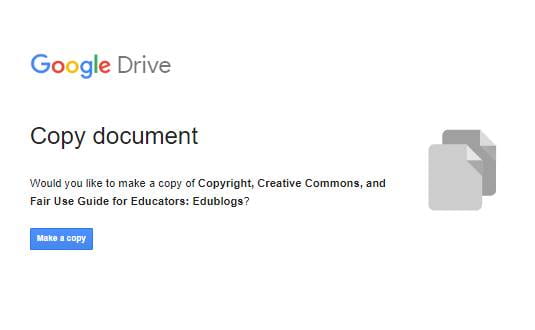
Before we conclude, take a moment to reflect back on the rules to remember about copyright.
- Just because you found it online, doesn’t mean it’s free to use (even if you’re a teacher or student).
- There are a lot of resources you can use freely including work that has a Creative Commons license or is in the public domain.
- You have a right as a creator to have your work protected from copying and you can also give your own content a Creative Commons license.
- If in doubt about using content, ask the creator for permission, find a free alternative, purchase an alternative, or make your own material.
- Instead of looking for loopholes, consider whether you’re being the most responsible and ethical digital citizen you can be.
Do you have any other tips to add about copyright for educators, students, or bloggers? Be sure to leave a comment and let us know. We’d love to hear your suggestions.
For any specific questions regarding your own copyright dilemmas, please consult professional legal advice.
About Us
Edublogs is the oldest and most trusted web publishing platform for students and teachers around the globe. We have helped create and publish more than five million blogs, websites and portfolios since 2005 while providing teacher-friendly, student-safe WordPress solutions at scale.
We offer both cost-efficient and free options, along with site development, hosting, security, plugin and theme support to ensure your digital presence is meeting your goals in a fast-changing digital world.Want to learn more? Contact us to receive more information.

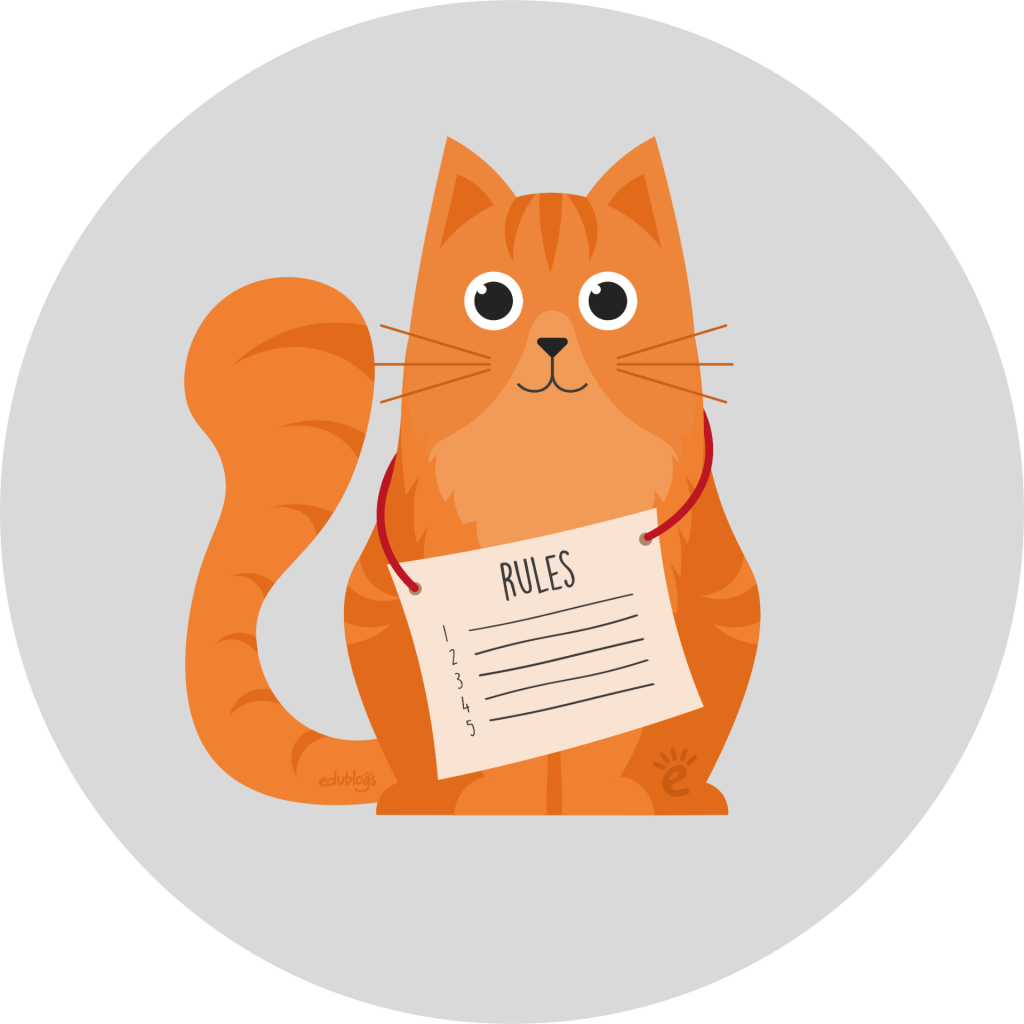
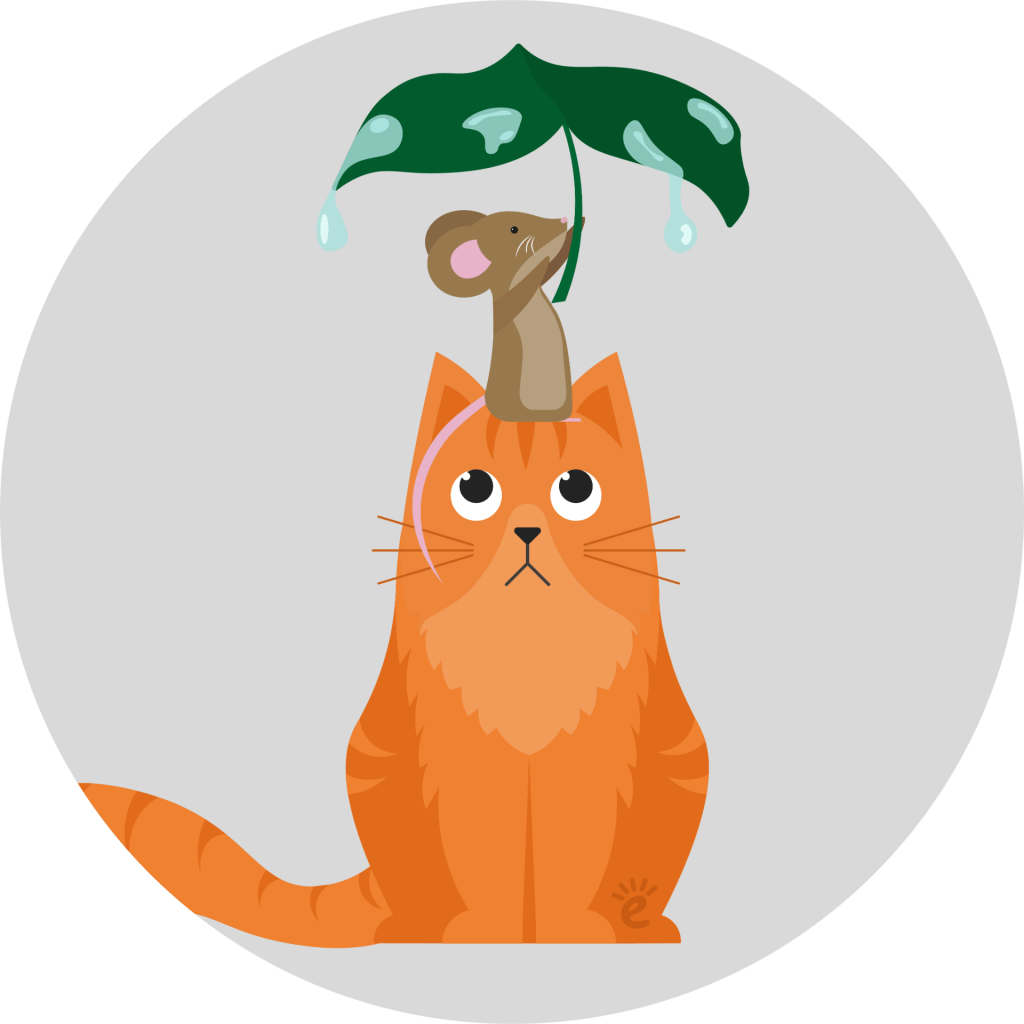
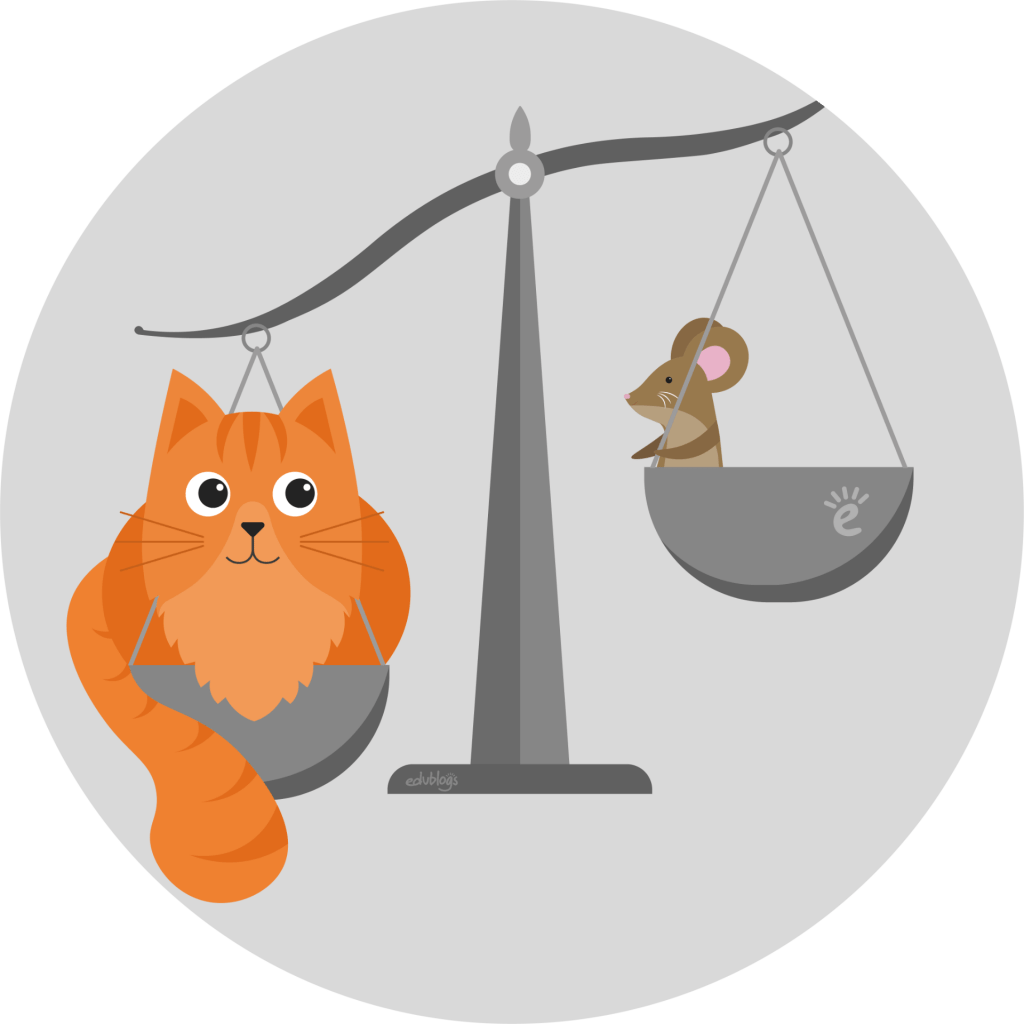
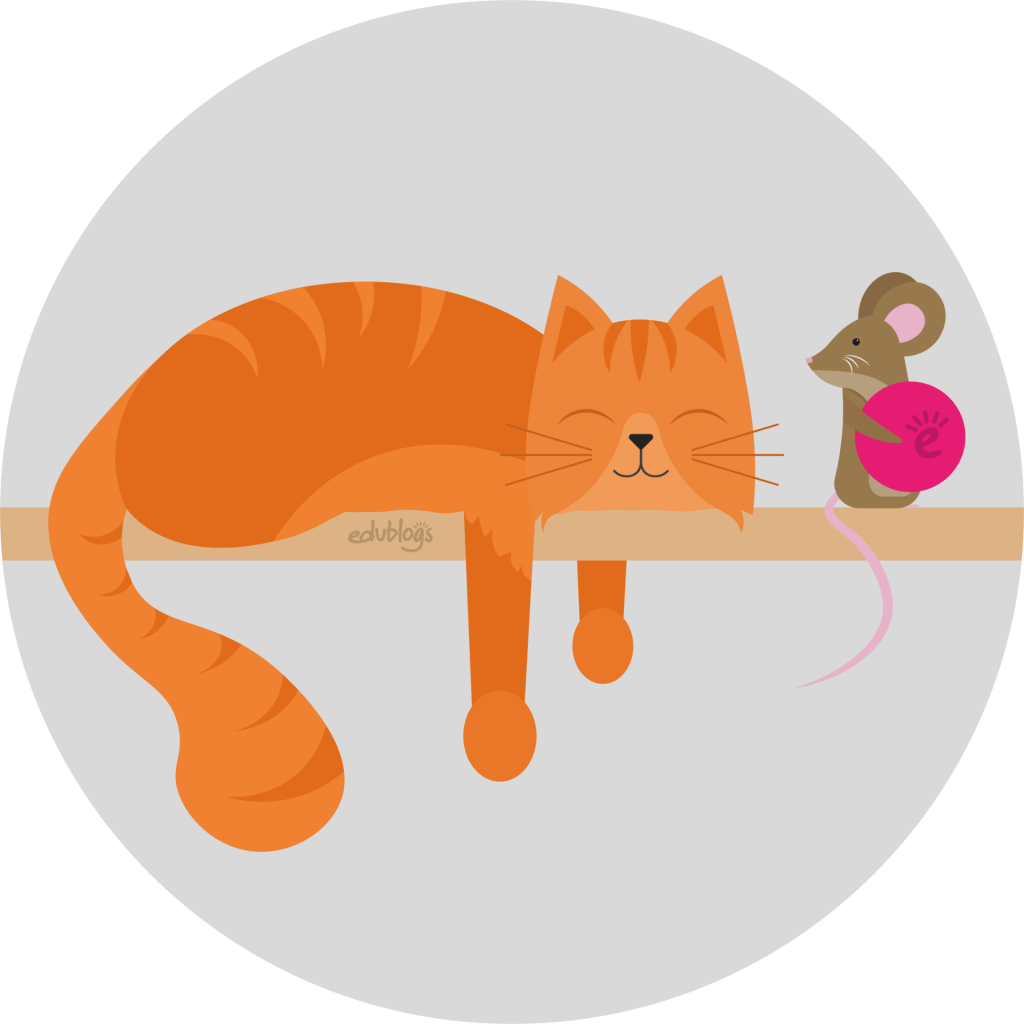
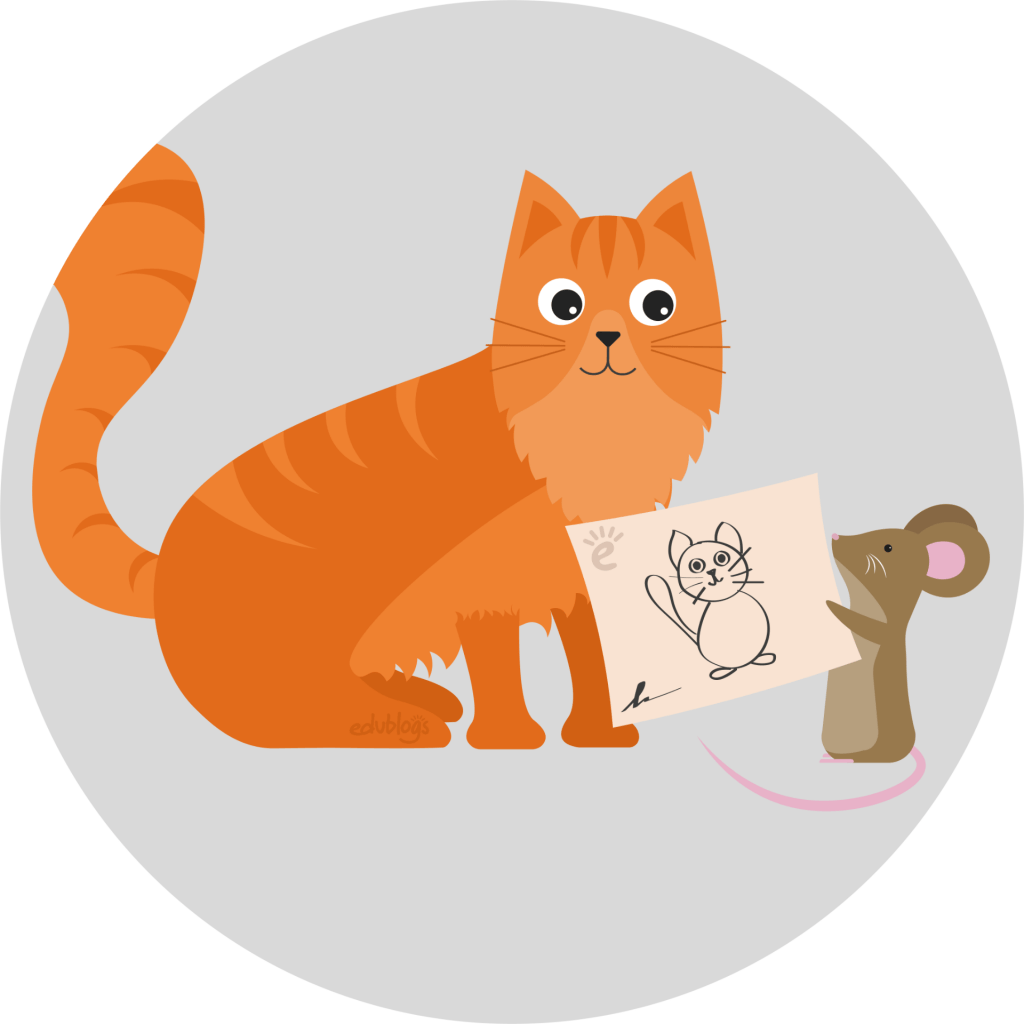
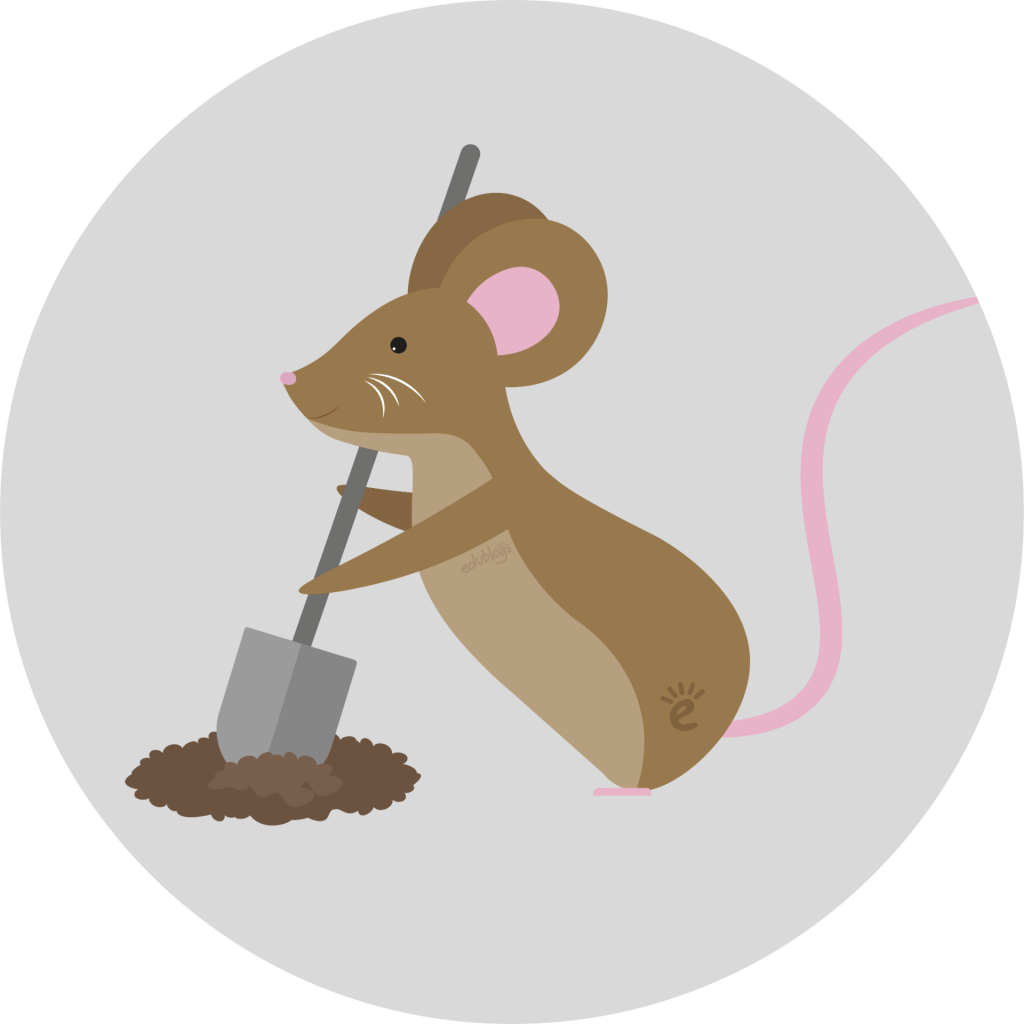
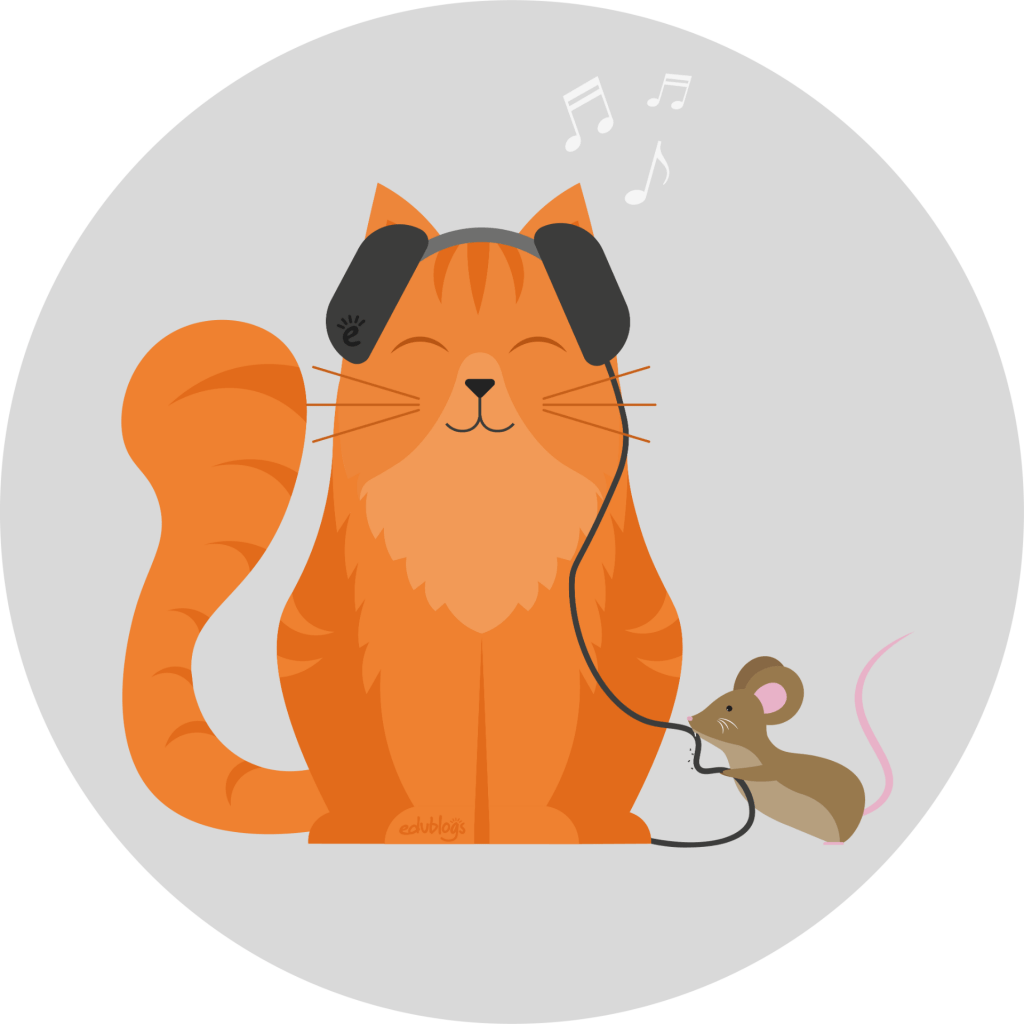
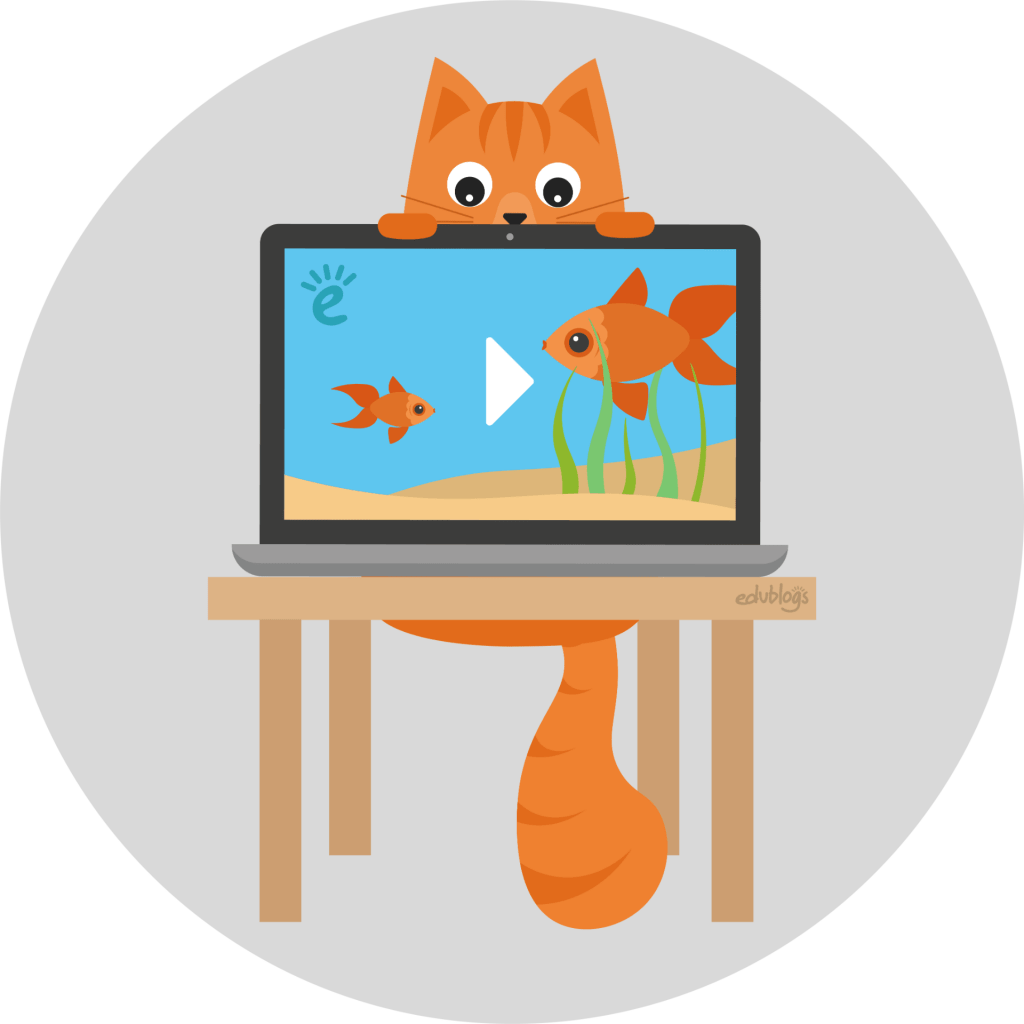
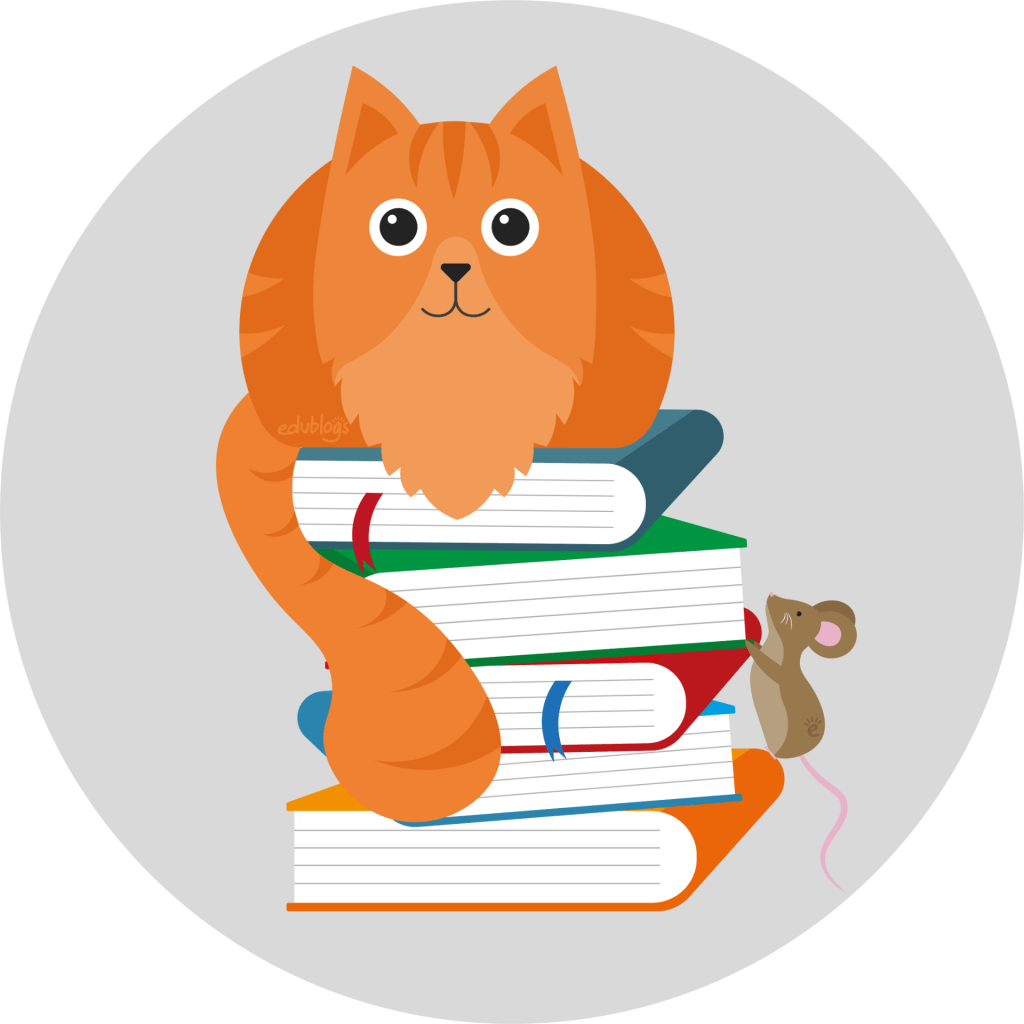
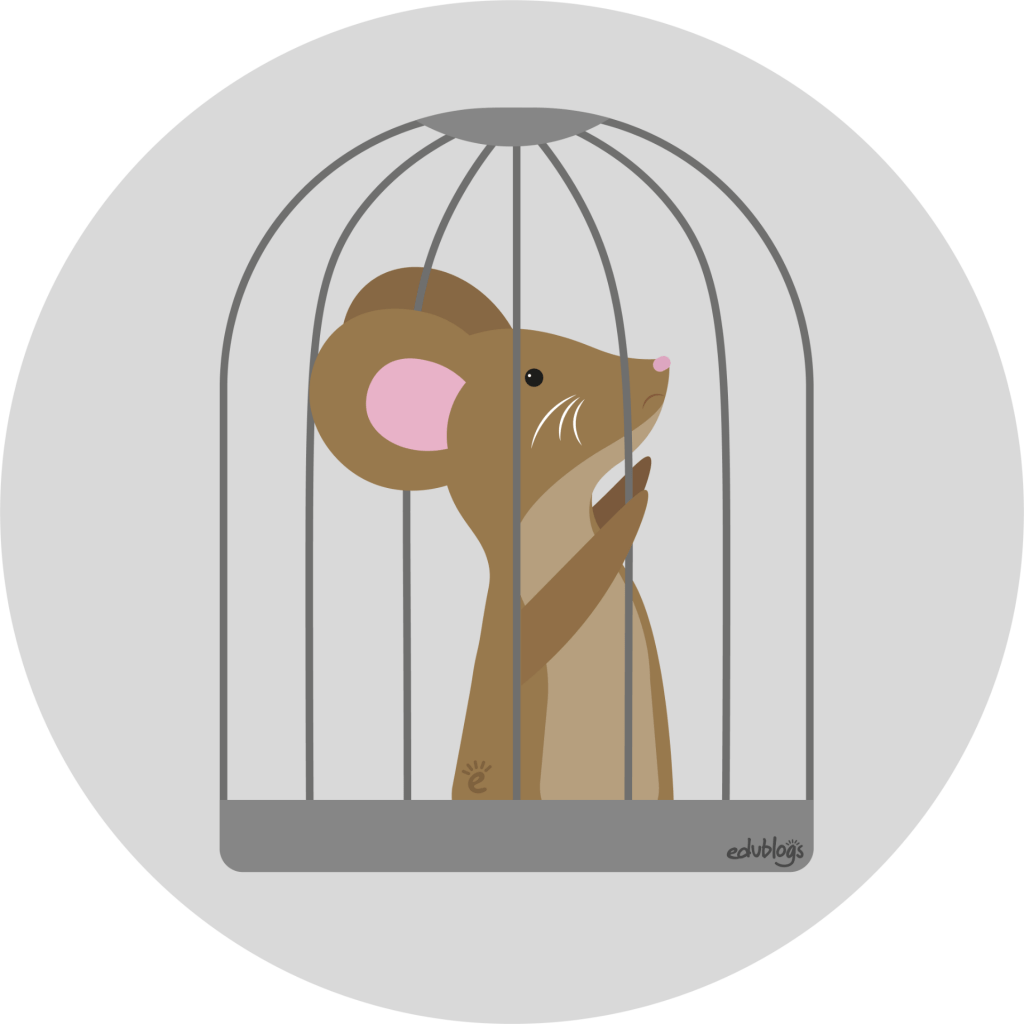
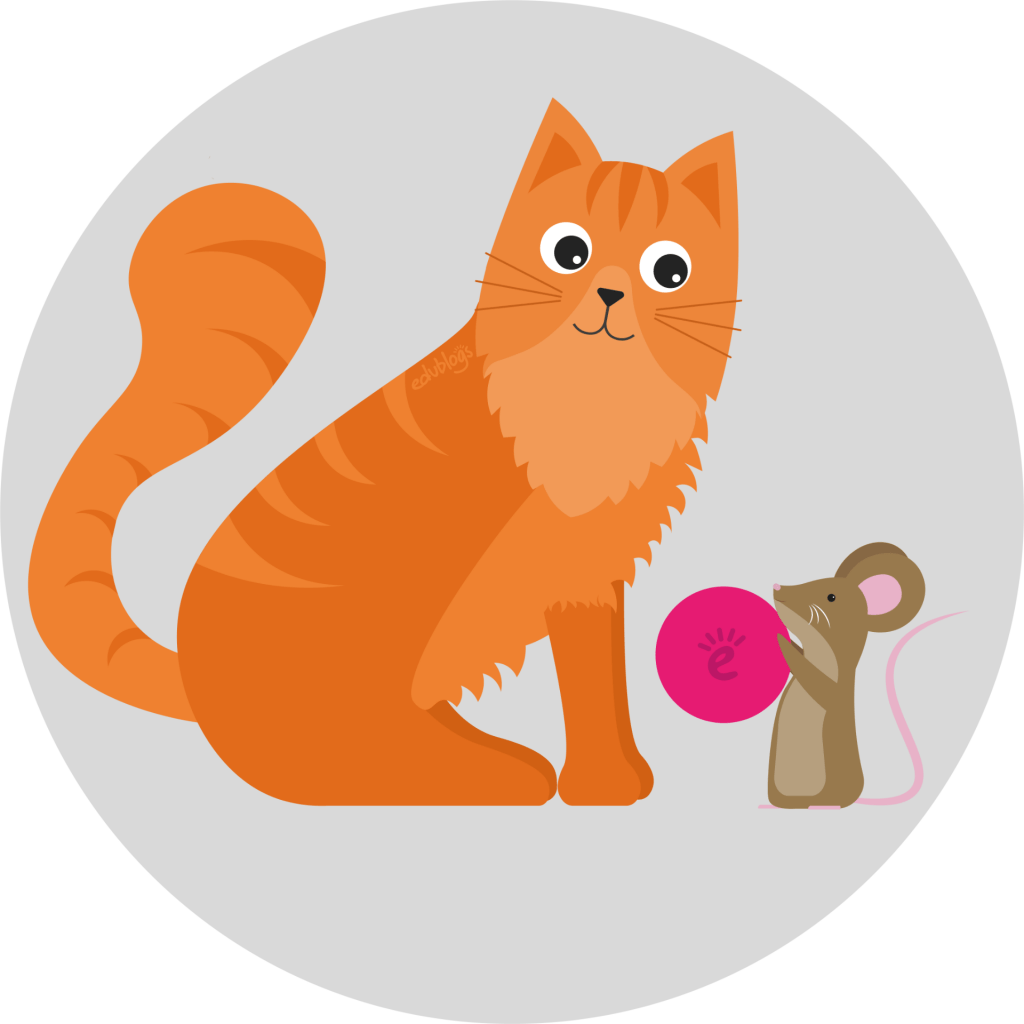
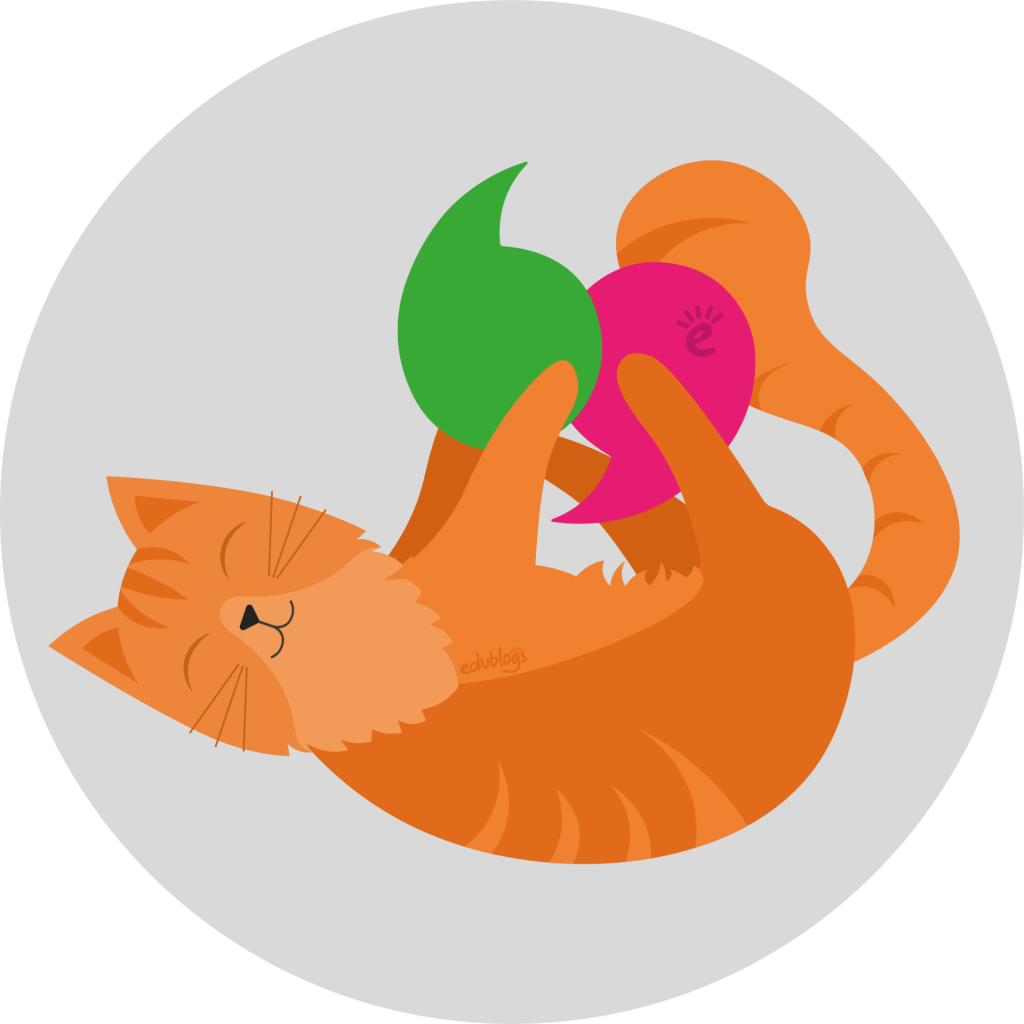
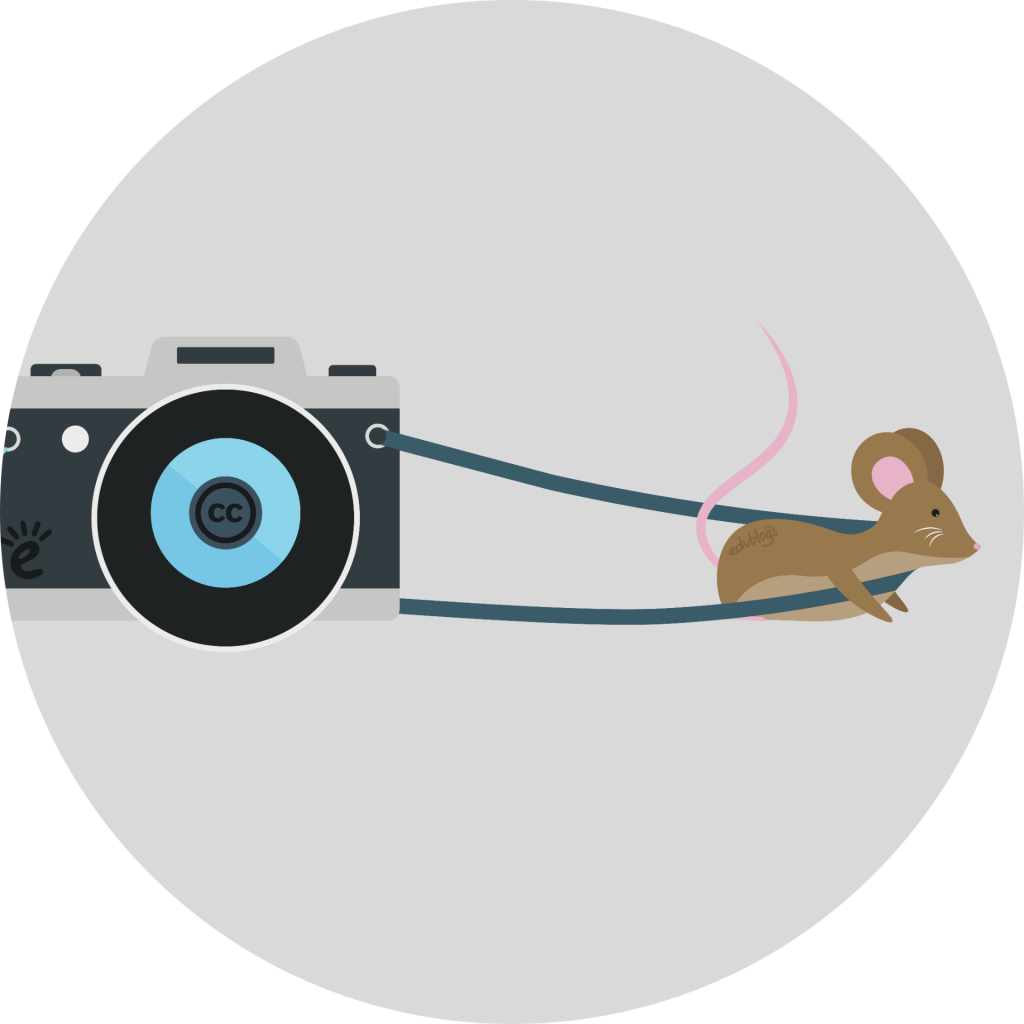
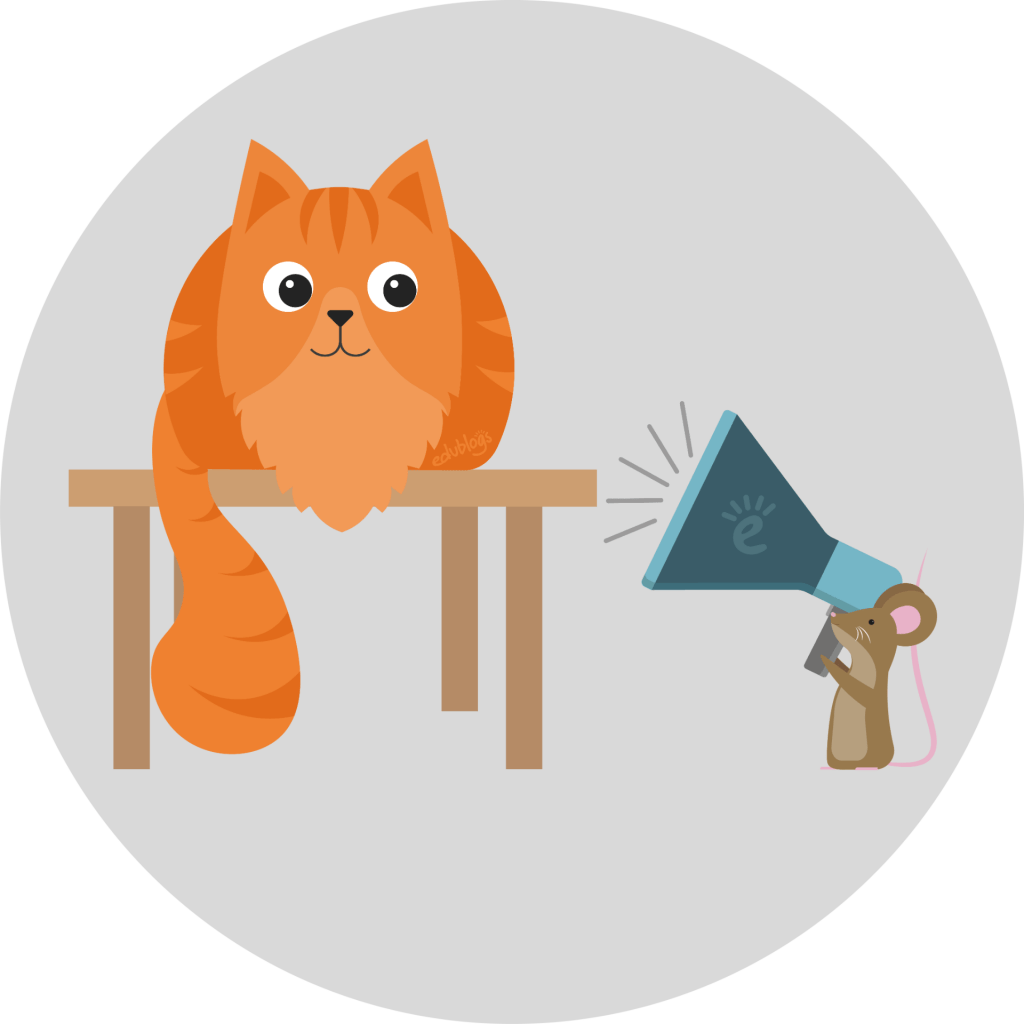
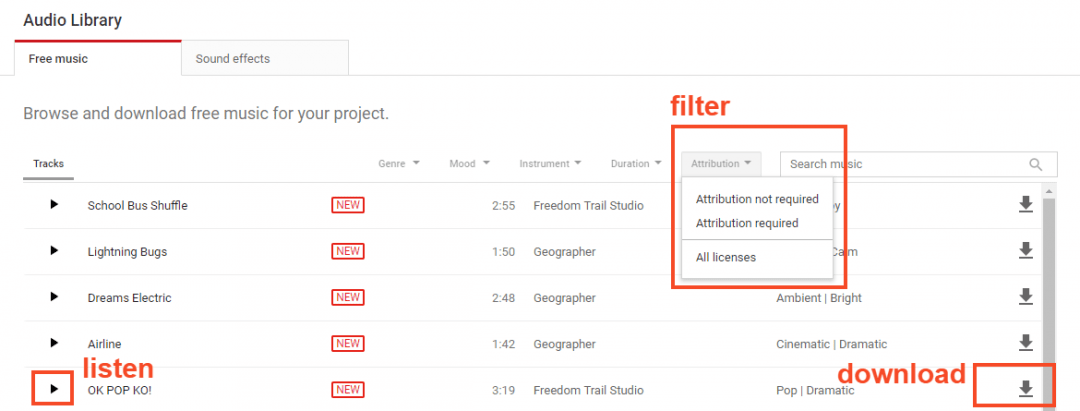
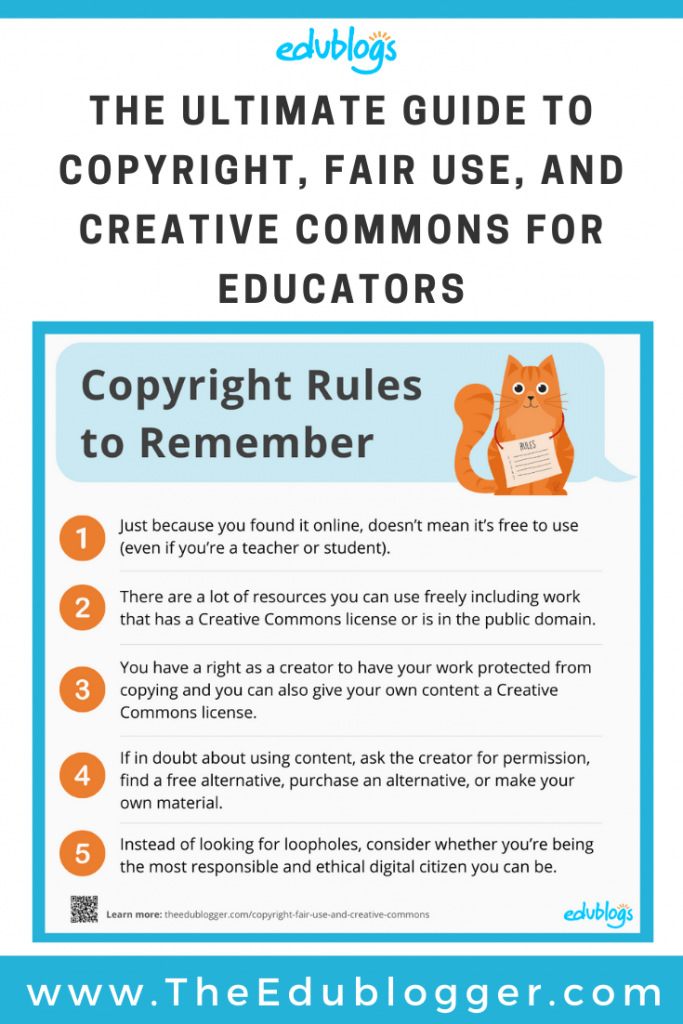
I learned about Creative Commons license and what it’s symbol looks like.
I understand that using a work, picture, video etc.. in class is Ok as long as it is related to the content being taught in that course and is being used as a tool to teach.
I see that the issue of copyright has become a HUGE problem lately, especially with the addition of the internet into society.
The information provided was very informative but it was overwhelming. I am going to read these laws several times because I couldn’t take in all the information.
I found the information about Creative Commons, how it works and finding the best options for finding Flickr Creative commons images through the recommended Flickr search engines very useful.
I also found very informative the commonly asked copyright questions. Some of the questions asked I had also been thinking of them. So, it helped me understand and clear my questions.
I was amazed to read how easy it is for companies, content creators, and law firms to find out who was posting their works without permission.
Thank you for posting!
Carla, I agree. This article was overwhelming. Hard to take everything in that was written in just one read. I think the content was good and I am glad to have found the article, however, maybe diving it up into a 3-part blog might be better for future readers.
Yes, I agree! The FAQ section was extremely helpful. It helped break down and answer the questions I was thinking about as well. The free and public domain image websites will be useful to share with students. Lots of information and I know I will have to read through it several more times to make sure I am able to take in all of the content! I will definitely bookmark this website on my computer!
Carla,
I agree- I didn’t realize that image owners would take the trouble to find out who had used them. I appreciate the creative commons option as well as the use options on Flickr and other sites.
Informative. Overwhelming. Misunderstood. I had no idea that this was such a large issue and that there were simple was to avoid copyright infringement. The biggest takeaways for we were the sources that can be used for free (Flickr, govt. resources, etc) and that you can find copyright information on images by checking the drag-down menu on the left. I think that the rules are there to protect others’ work and that most of the violations (at least by teachers) are made innocently by honest people trying to make engaging presentations and handouts for learning. I wonder how many people are aware of these laws… I will share this with my students.
There’s lots to absorb here… While the presentation is clear the number of things to consider and keep in mind as you source anything from the internet is overwhelming. I think the thing that I found most useful was the list of sources that are defined as open source and free for use. My concern is that the overwhelming majority of the public has no idea about this.
I agree with you, Chad. I also found the information overwhelming and a lot to absorb. However, I think the more we follow the copyright laws in our posts and teach them, our understanding will increase.
As you said it is concerning how the majority of people don’t even know about these laws. This why it is important to teach students from k12 copyright laws.
I found your comments useful, thank you!
I’m not sure if I missed the answer to my question but still unclear, sorry. I’m a library technician at a high school library. We have students getting images off Google to cut out and paste for project or in an essay plus pictures to print for Art. Do they need to cite these sources since it is non profit/educational? Should I refuse to print these assignments? Teachers are often the culprits in not sharing how to search, plus get annoyed at our insistence.
This is AWESOME! Thanks so much for putting it together (and for updating it). As a teacher, librarian, and grad student, this has clarified so much and I will be pushing it along to teachers and students alike!
Great article!
My biggest beef with the whole copyright and anti-technology and anti-web rules is that some people need specific learning tools in order to learn the material which is not found in static workbooks that refuse to give us the answers. This is banned by copyright rules! It is illegal for me to learn my way because anyone can sue and win! I can’t prove I know anything if my brain decides to not show up that day. I was shaken until I passed out as an infant and went from MENSA to being able to pull a B- or C+ randomly with the material kicking itself out of my brain or becomeing unretrieveable if I don’t revise it often. This makes my degree useless! I can’t prove I am the one who got the degree outside of a piece of paper.
This is why copyright rules need to change such that content that is not available to the general public but is only available to the very specific students who need such content in order to honor ADA rules is allowed. This means that posting a audio version of the book is allowed but only if its available to students who can’t use other versions of that book. The Blind is allowed to get copies of audio versions of textbooks. But what about those who were shaken? What about those who have Fetal Alcohol Syndrome? What about those with Cognitive Disorders? We are told to go away and be “stupid”. Sorry, but I can’t figure out how to say that such that my true meaning comes out. We get zero accommodation because the Copyright holders can sue and will win every single time!
This is also why I would love a school for people with brain damage to push the copyright rules – and purposefully violate them for only those students who need this and only in the specific way necessary for the student to learn the material – such that it goes to court all the way to the top court in the country, in order to force the government to change the laws in our favor! I am randomly too smart so I can’t do this!
What specific do I need? I need to be able to redo a worksheet over and over again such that I get immediate feed back about what I did wrong. I need matching. It took many years before I finally found a website that allows for matching of those silly flashcards!
I need what Semper gave me. 1 question with 1 answer to choose from, then 1 question to 2 answers to choose from while it slowly worked up to giving me 4 answers for that same question to choose from. Semper went out of business and decided to NOT fix the iOS app to work with Quizlet! I was extremely upset as I didn’t have an Android! I felt slapped in the face and banned from this evil world of hate of those with the wrong Learning Disabilities!
The answer to my woes? Hire a teacher to create content online for me. ROFL As if money grew on trees! OR I can create the content myself on an elearning website and get sued and made homeless! Or, I can do what I am doing now – complain – and not create any real content on a elearning site, but instead use the elearning site to solve another problem I had. 100% of all bookmarking sites that worked for me, went out of business! I got tired of moving my bookmarks or losing them due to browser failures or some such twaddle. I am also waiting patiently for my financial circumstances to change so that I can hire a teacher! Meanwhile, I do not hold my breath. I find I am most stable when learning. I become irrational when I have to do what society “thinks is being an adult” – i.e. not studying but merely sitting around chatting and gossiping or merely watching TV, or socializing while eating and drinking. I never knew what to say to people. I never learned how to dialogue. I don’t remember conversations long enough to learn how to discuss anything how society of non-thinkers want me to discuss them like. (Can’t figure out how to say this either. lol )
Thanks for reading all this! I’ll leave now and try to do something worthwhile. Memory flashcards only work so well before they don’t. I don’t have time to do the journalling and all the other stuff I know works for the “normal” person to learn what they are trying to learn.
BTW, it would cost way too much money to get 20 copies of the same workbook in order to redo the workbook every time I wanted to redo it! I do own 3 copies of an Italian workbook that I’ve not started yet as Italian I’m not learning for another 3 years or so. Having the content on software and being able to start over whenever is better.
Also, it drives me nuts that I can use study stack to get gamification “games” I need but can’t create it myself without being sued! How can flashcard companies be legal? Quizlet asks for flashcards using copyrights material to be made “private only”. I do that while I try to come up with another word that means the same thing as the word they gave me as the definition. I also use “majority says it means this” feature on Quizlet to get around copyright rules for definitions.
Okay, I’m out of here now for real. I’m supposed to be figuring out how I’m going to tackle learning German, Biblical Hebrew and Biblical Greek and getting that all done before January when I think I’ll have time to relearn or learn it for the first time.
I feel like your blogpost identifies one of the unfortunate issues of material being on the internet- and that is how is the material we find being used, and how do you gauge intent. While the materials that you found to help you in your studies were not being used maliciously- but rather to help you. I think the important thing to remember in the digital age is that the work that you’re finding to help you was created by someone- and is therefore, their property. What if the person who created that was dependant upon its use as their income? What if the resource that you found was improperly taken and posted by another person?
I feel like intent is always going to be difficult to gauge and that’s why I personally, like the copyright and fair use liscense. It takes a while to get used to checking for protected material, and the best materials we find on the internet are going to be protected, which makes logical sense- they represent someones hard work.
So…this is a little bit ironic…not just a song.
I work with beginning teachers. Do I have permission to share this blog with my teachers?
Do I need to amend my copyright if I add a list of references to my book?
I purchased audio CD of a book that about 16-125 students in regular classes as well as special needs classes will be reading. We use a platform that allows teachers to post schoolwork, tests and information for students that may be accessed at school as well as away from school.The question is, can the audio of the book be posted to the platform so that students may access it any time they feel they need to do so or should we follow rule of breaking it down into portions and deleting before posting the next section.
Good question, Carole. The audio CD of the book may have its own copyright with specific uses on it somewhere? Perhaps that’s worth investigating or check with the publisher for the specific terms. It’s very likely it would be breaking copyright rules to allow students to download the audio but embedding for student use may be a different matter. Good luck finding out!
I am a secondary education teacher and have several struggling readers in my class. Is it copyright infringement if I make an audio version of a published book for my students assuming I can’t find a version online?
Great question, Michelle. Technically, I’m guessing this isn’t allowed. I definitely wouldn’t be publishing your recordings publicly but if you privately give a copy to students, I can’t see this as being a problem? Of course, if you want to explore this particular issue further, it’s best to seek legal advice 🙂
This was an excellent article that answered a lot of questions I had about copyright. I found the video links to be very useful and informative. I also look forward to using the photo and video links when making presentations. I plan to share the information that I learned in this blog post with colleagues and students.
I really enjoyed the videos. I learned a lot of things I was taking for granted.
Hello, thanks for a great article! Maybe a little off topic, but what about using celebrity names in training curriculum? I have always shied away from using names of famous people (living or not) as an example in a training doc and instead use John Doe or Jane Smith. Any thoughts around this?
Hi Mary, I’m not sure but your approach sounds safest!
Thank you for this post. I learned a lot about copyright and creative commons that I didn’t know. This was wonderful.
Thank you for the article. I am writing a study guide to sell. Do I need a copyright permission even though the work is my own? if I use a quote from the text does that need [permission?
Hi Anne,
For the purpose of selling something, it’s always good to get some independent legal advice. Good luck with your study guide!
It is my first year teaching PhysEd and I would like to make posters to put up in the gym. Is it illegal to use google images and quotes for the posters?
Hi John,
Hope your first year of teaching Phys Ed is going well! It’s definitely always a good idea to use free images from sites like Pixabay or Openclipart. Quotes are fine to use and illustrate however you like. You might like to check our post on quotes to find out more about using them.
My friend Andy Hair is a Phys Ed teacher who likes to make a lot of posters and other resources. He often uses a free tool called Adobe Spark.
Hope that helps!
How about the homework problems after each chapter in the textbook? Can I post a particular problem and solve the problem myself and share the solution with my students on my blog or video?
I think it should be safe to post how you solve problems to exercises in your textbook. You just shouldn’t copy/paste or share photos of all of the problems on a page or something like that. You also may want to make sure the site you are publishing on is private or is blocking search engines, so students from other classes don’t stumble across the answers 🙂
I’m a Brazilian English lgge teacher and I wonder about the use of memes in my blog. Are they allowed for free use or is there a way to find whether they are copyrighted ir not? Thanks
it’s all so complex.. bit clearer now, though, thanks! but what do you make of these youtube to mp3 converters? how do they count toward fair use? or creative commons?
Hi Sergey,
I’m pretty sure it would only be legal to use one of these converters if the YouTube video has a Creative Commons license. In most cases the video wouldn’t. I know this is a bit of a grey area though so I invite anyone else to jump in with their thoughts! 🙂
i’ve seen around people say that technically while watching a video your computer makes a copy of it, thus when you intentionally do that – you’re just copying that behavior, and legally this becomes unclear who and what.. it seems others are convinced, that if you use such sites, you are simply breaking youtube’s TOS, which is not a felony, but could still be pursued in civil court, which could in turn result in very negative consequences..
there are many opinions, but no clear indication of what will happen, no incidents, per say. when youtube-mp3.org was taken down, the owner of that site got away pretty much unscathed…
there are also facebook video downloader sites.. i wonder what to think of those.. content is really different in those videos.. no songs, not really copyrighted either… google even runs their ads on such sites, while you’ll never see those on youtube downloader sites…
i recommend keepvid, they only deal with no-copyright stuff, check it out.
As a history teacher, what about historical images? Like Washington Crossing the Delaware, or other historical cartoons? Photographs of Presidents? If I’m creating worksheets that help students analyze political cartoons where can I get the permission from?
Hi there,
There are a few sources to find historical images. Personally I find Wikimedia Commons a great resource. You just have to check what it says about licensing for each image. This image, for example, is in the public domain which means you’re free to use it. If it had a different type of Creative Commons license it would tell you what it is and you’d attribute it accordingly.
Hope that helps!
We have a teacher requiring my son to upload a video of himself to his blog. He is a minor and there has been no parent consent for this project. I told her that he will not be doing this, but got to thinking can an authority figure ask this if a student without seeking parental consent? Know this may not totally relate to this article but hope you might have some insight.
Hi Carolyn,
To the best of our knowledge, schools worldwide should be required to ask parents for consent before blogging.
We certainly recommend that teachers make it very clear to parents what they would like to do on the blog (including using photos/videos etc). Teachers should also be respectful of parents’ decisions.
Perhaps have a chat to their school about their policies on this. From our perspective, you should certainly be having input in what you’re happy to be posted on your son’s blog.
This is very helpful. I need to go back to some of my students who downloaded a Google Image to add to their blog. I will be giving them the handout to walk them through the legal way to get images. I too did not know about using google images for student blogs.
Thank you for all of the great information.
Lisa Meyer
Fantastic article, very clear!
Hi there, thanks for this! I teach ESL, and want to create supplementary courses for my students. Basically, it’s like book clubs, but with television shows, and students pay for the course. I was wondering if you knew where I would find any legal information pertaining to this. Any help would be appreciated. Thanks!